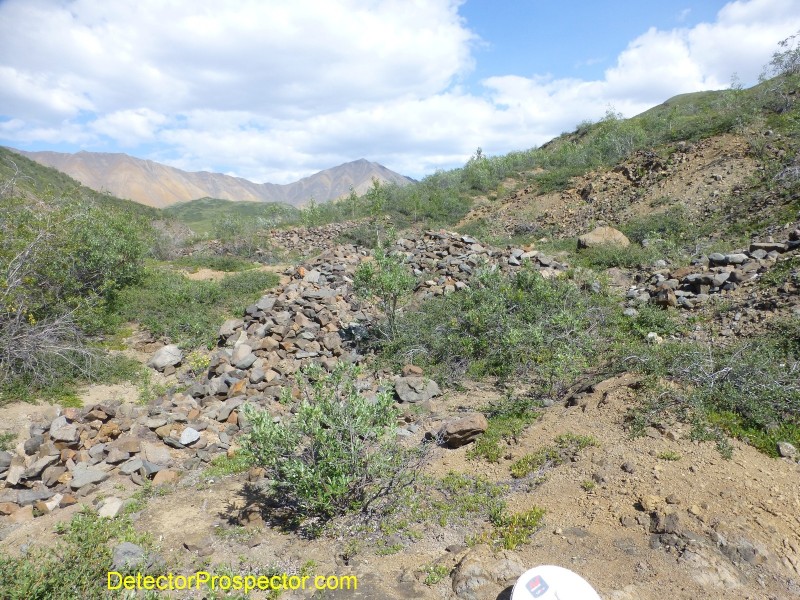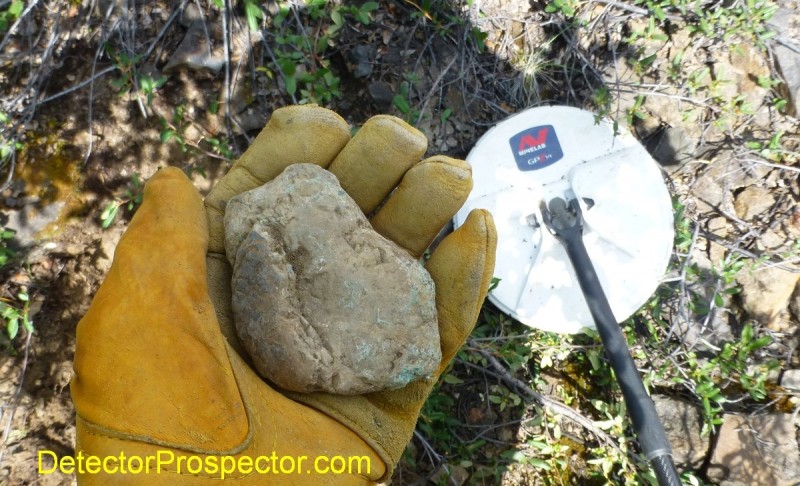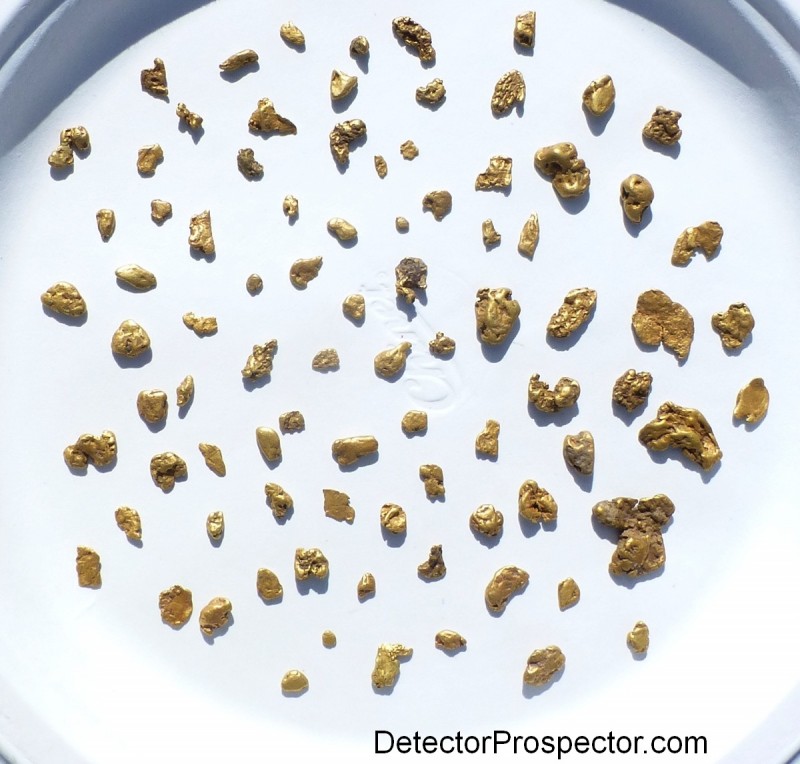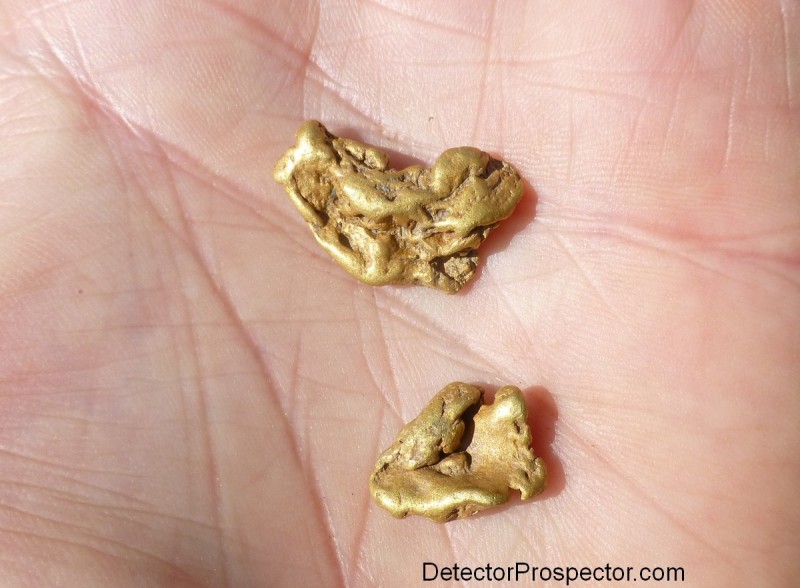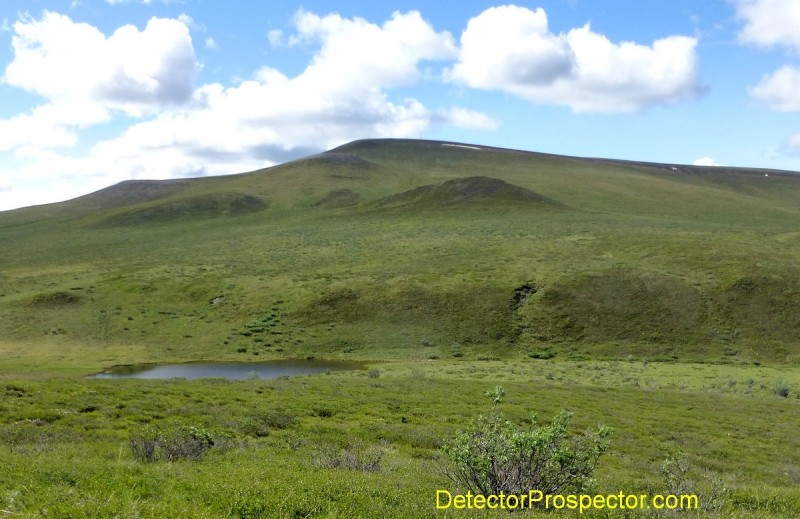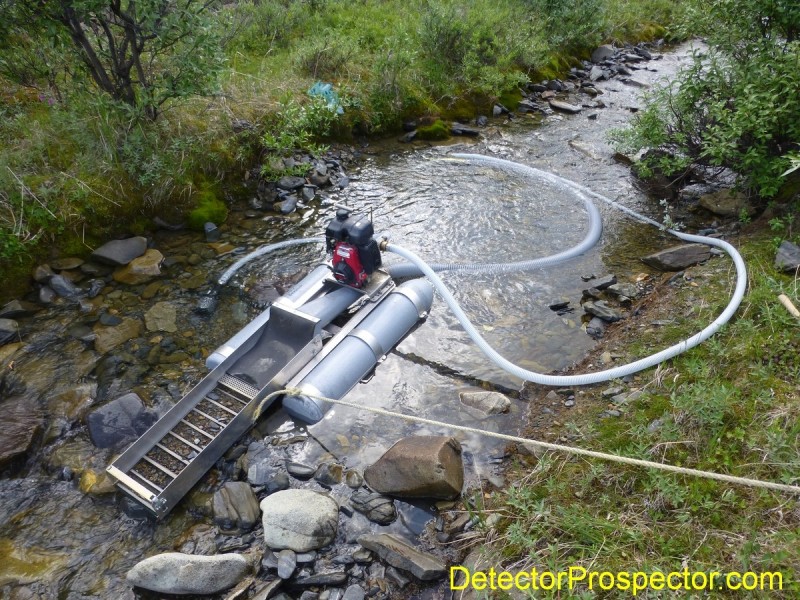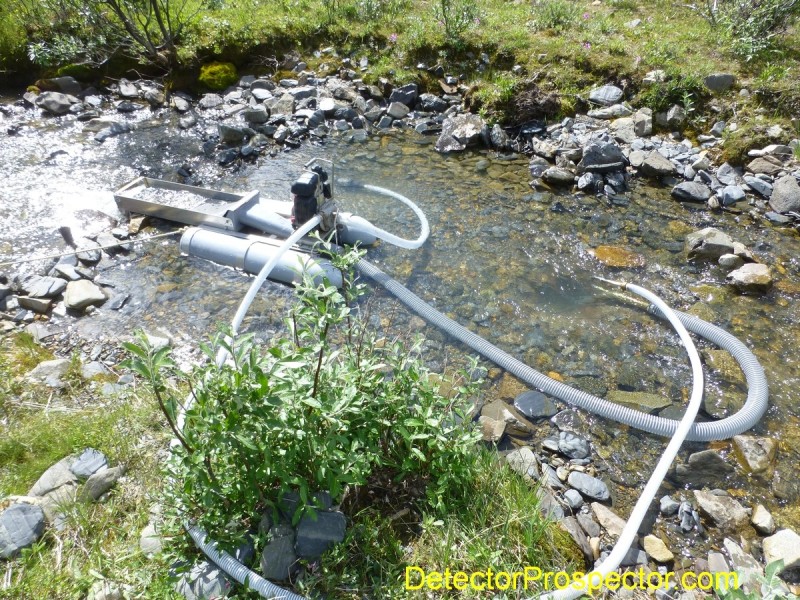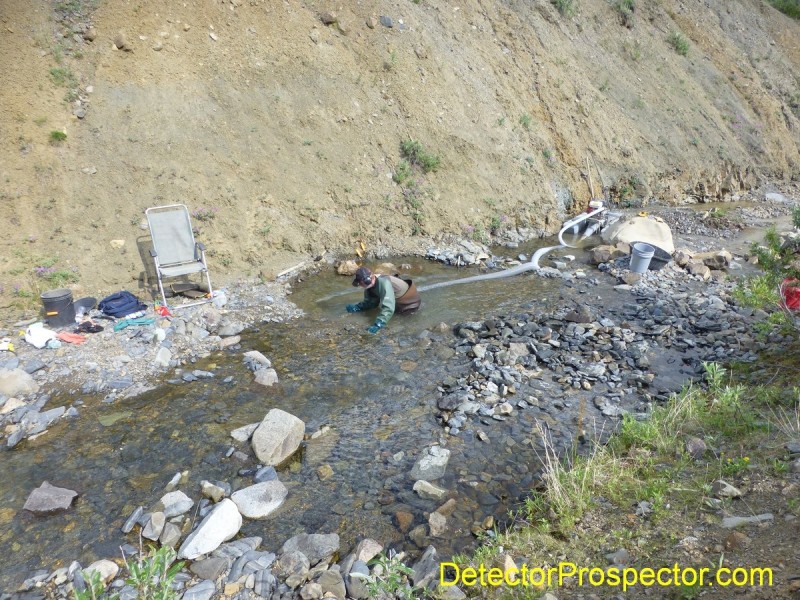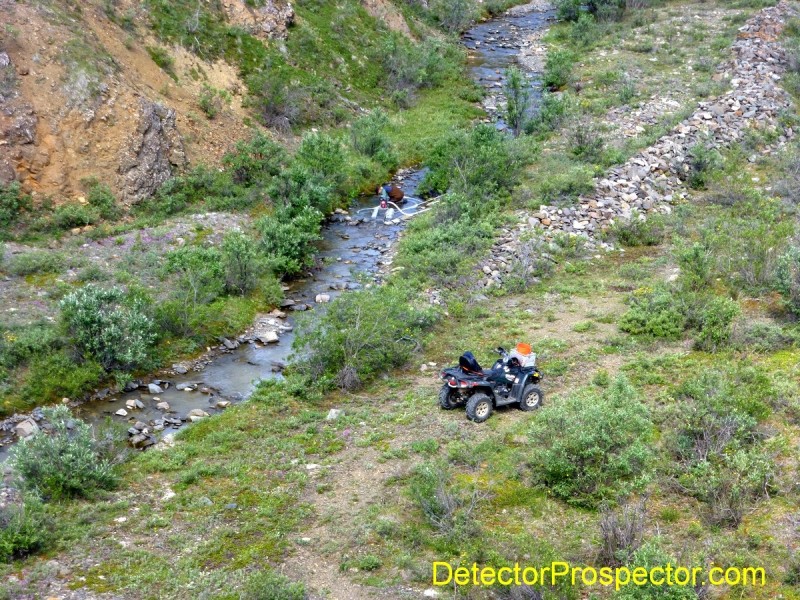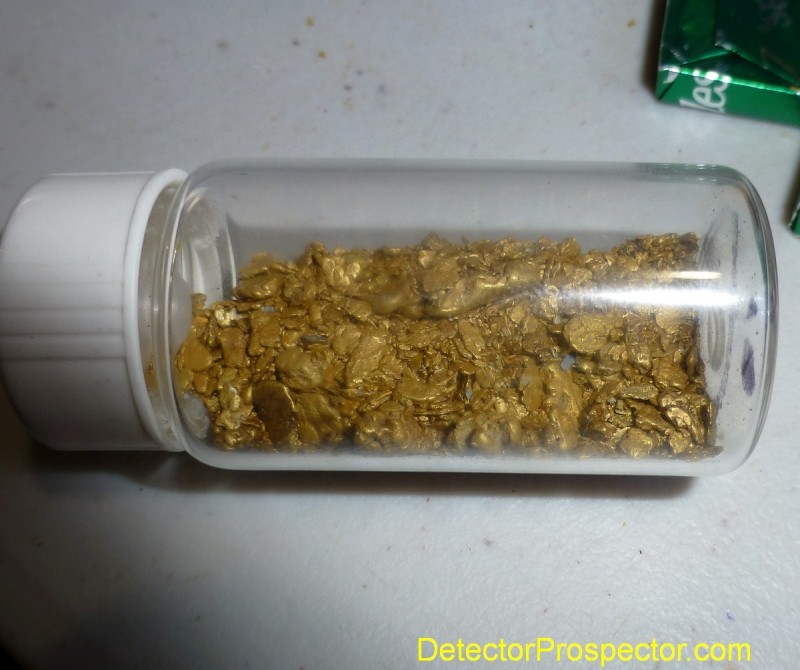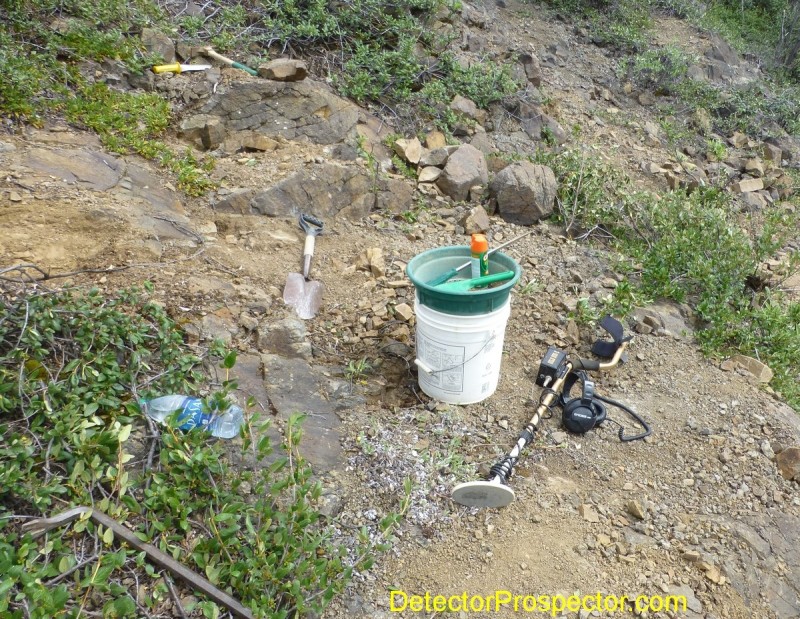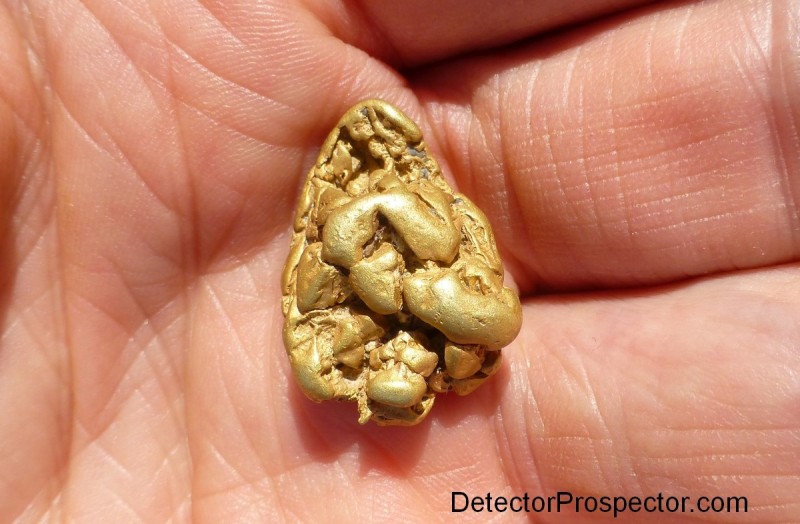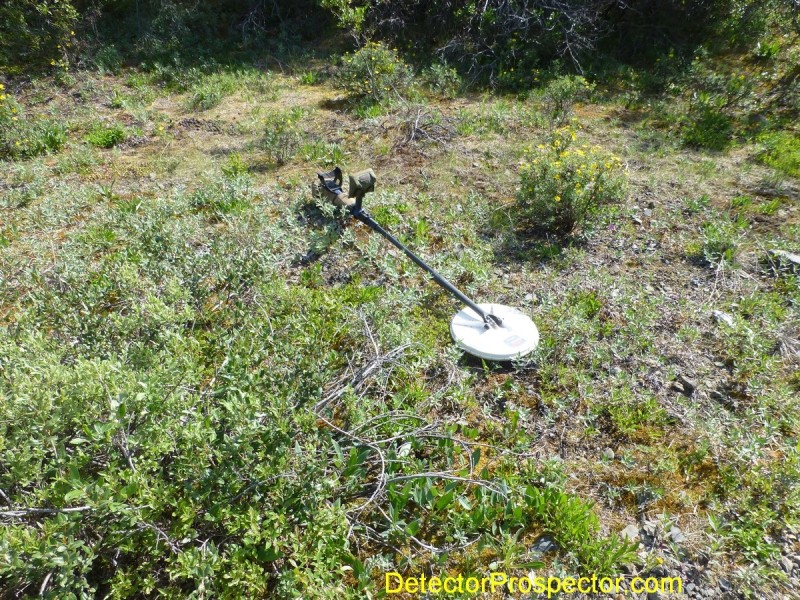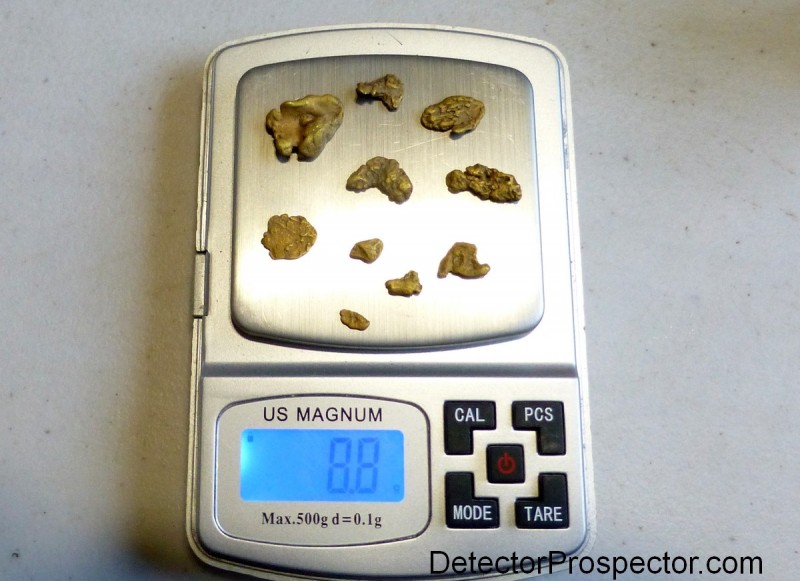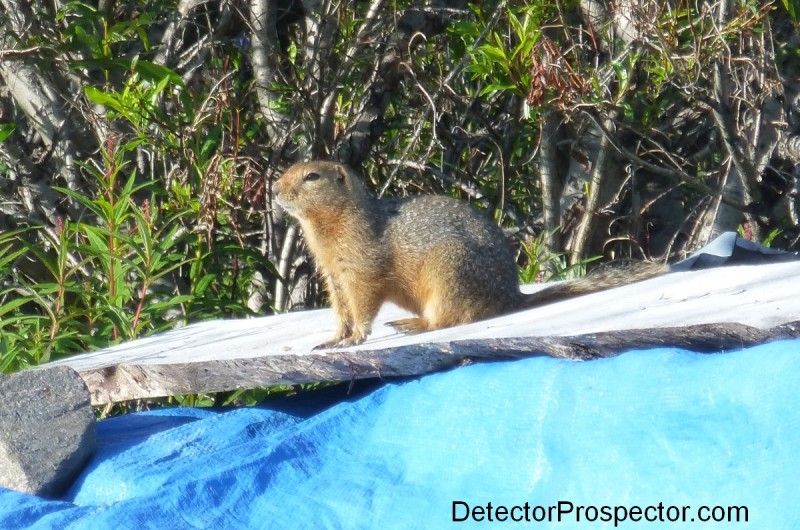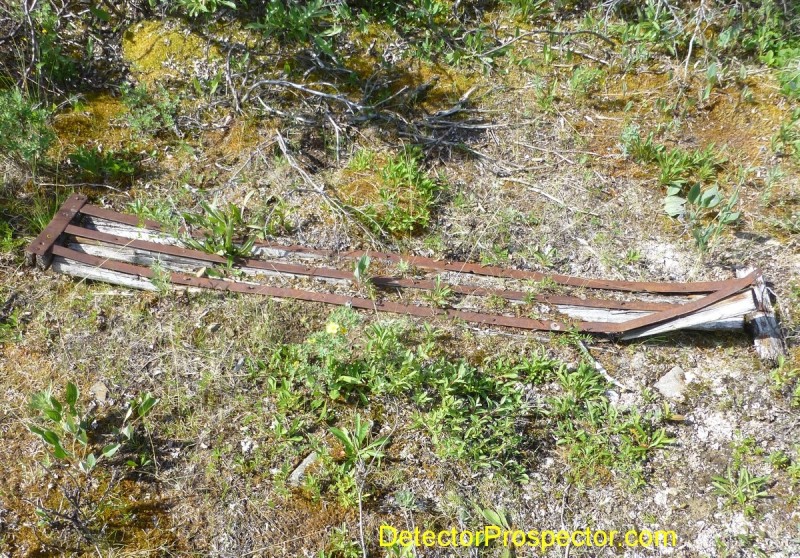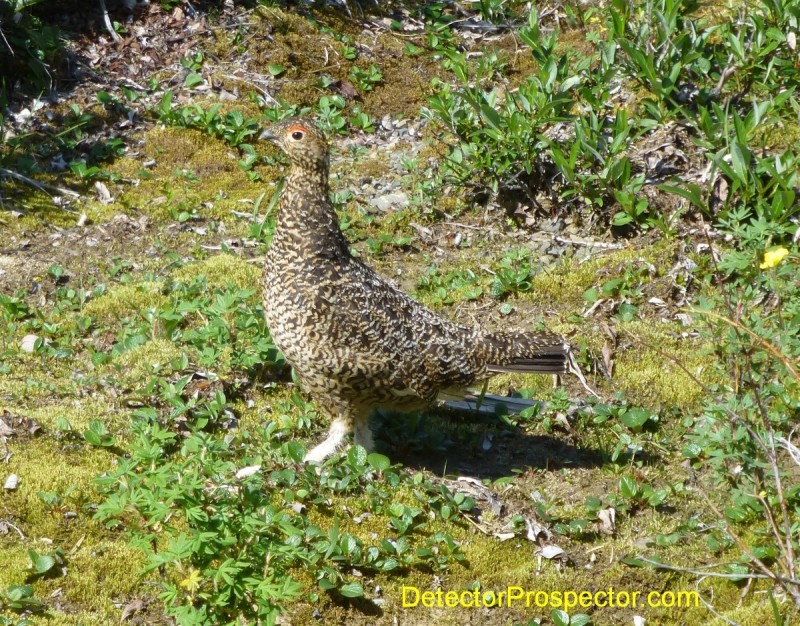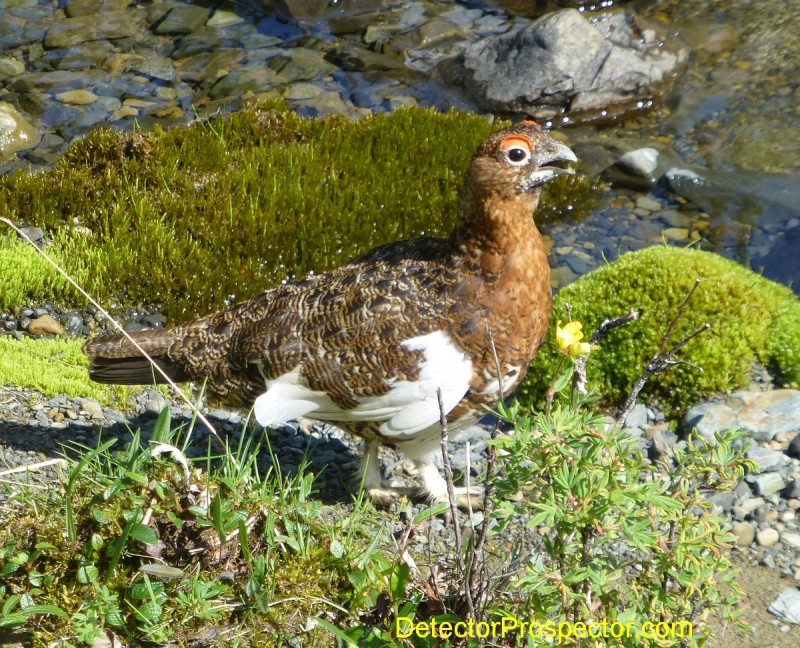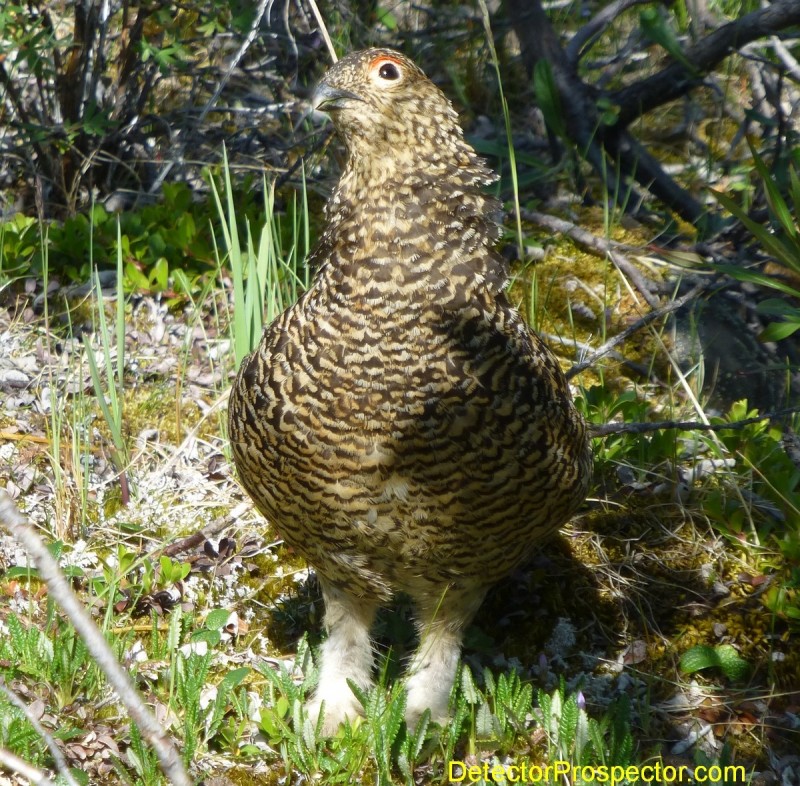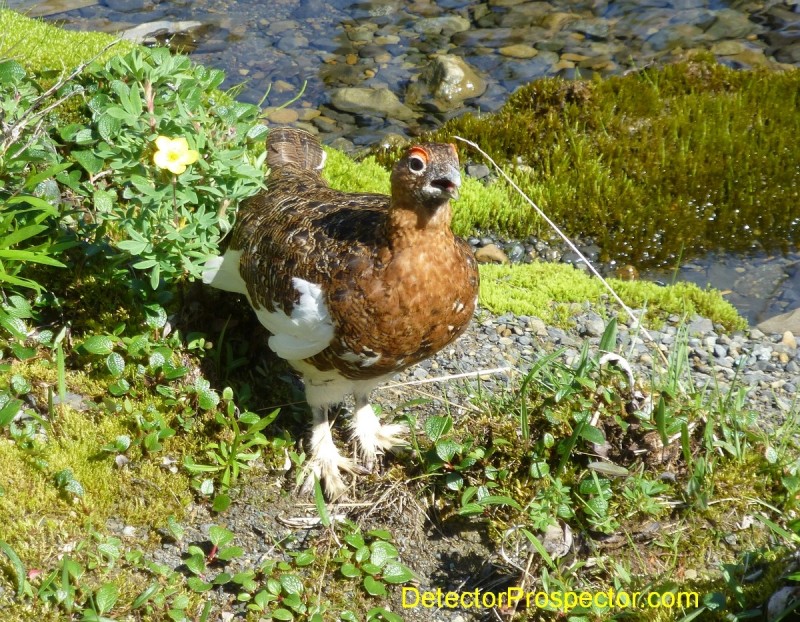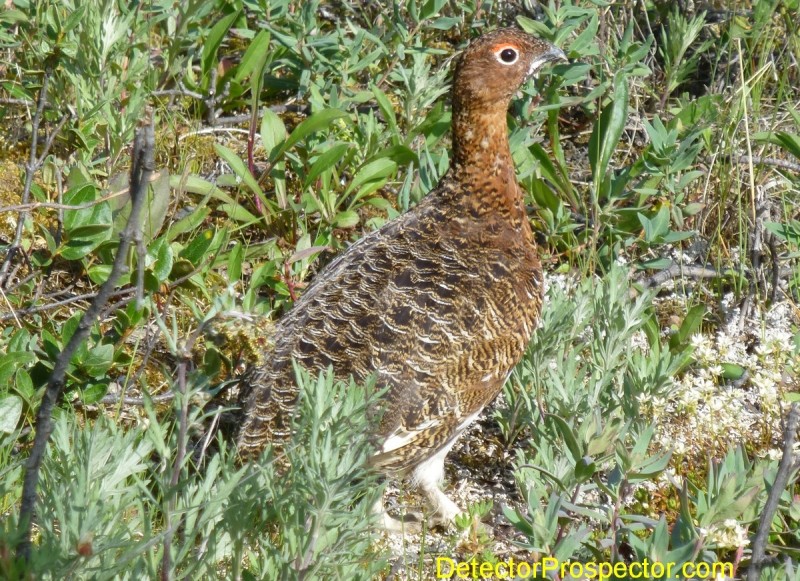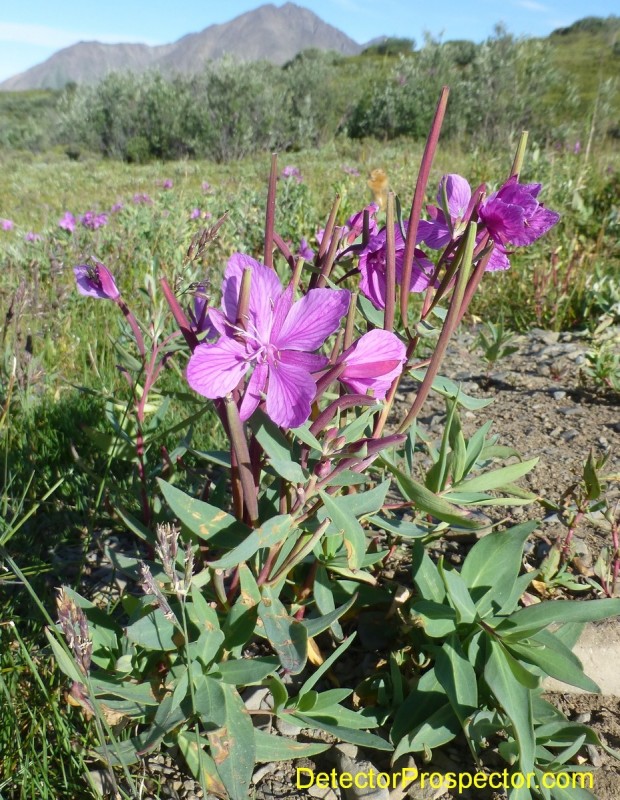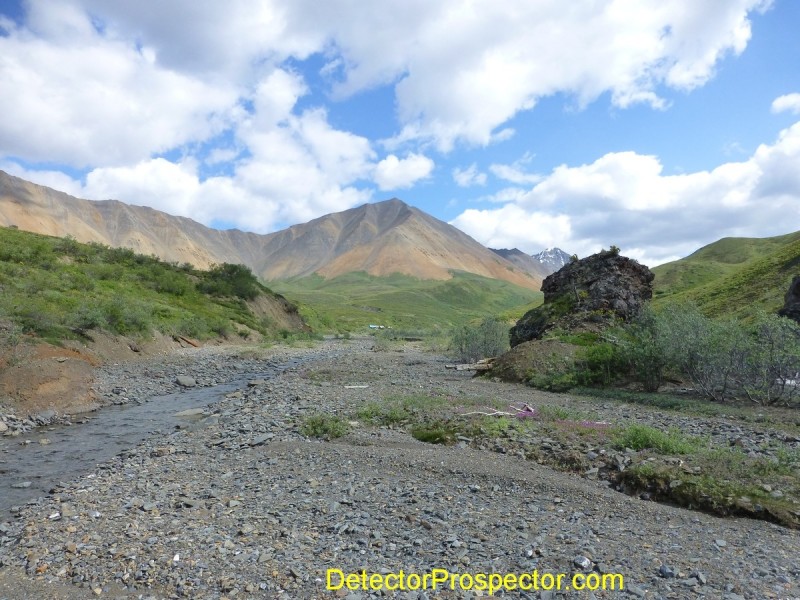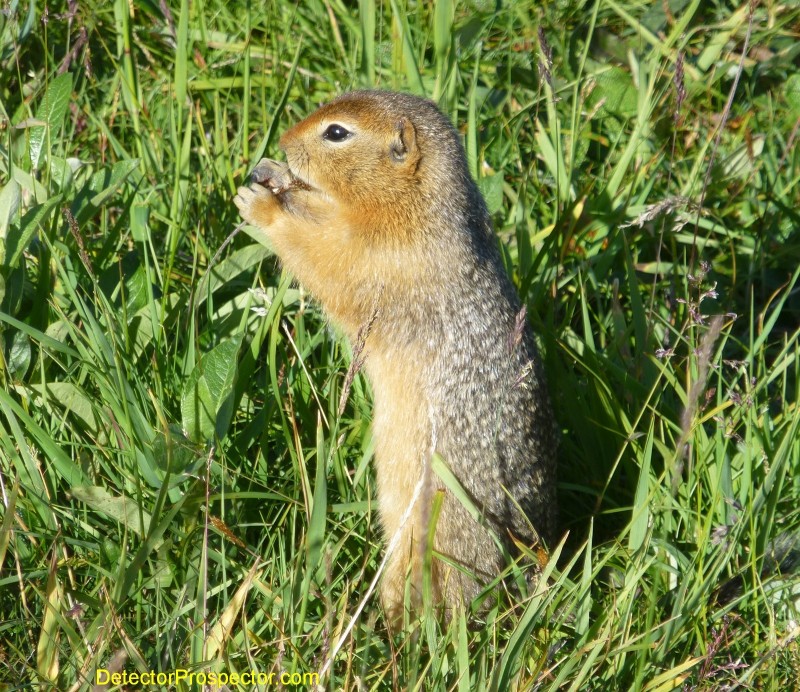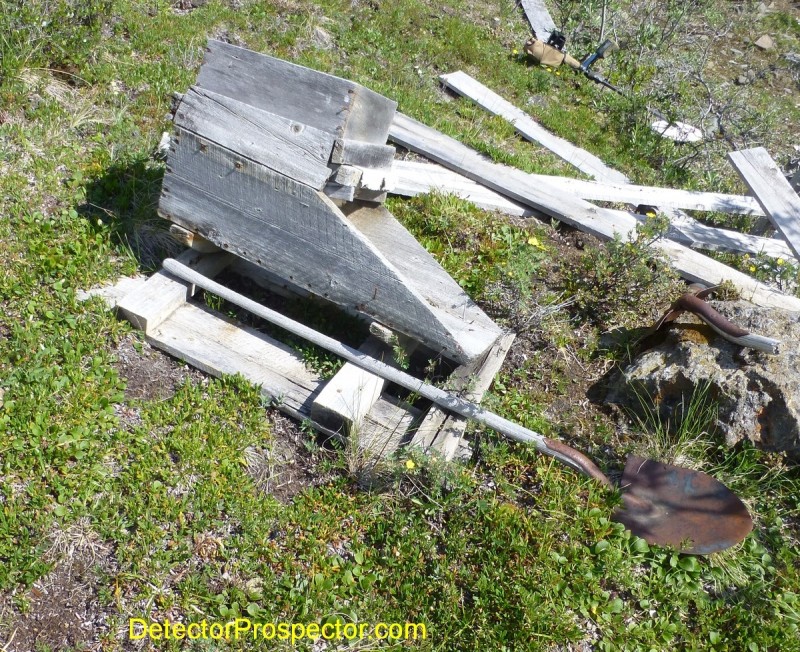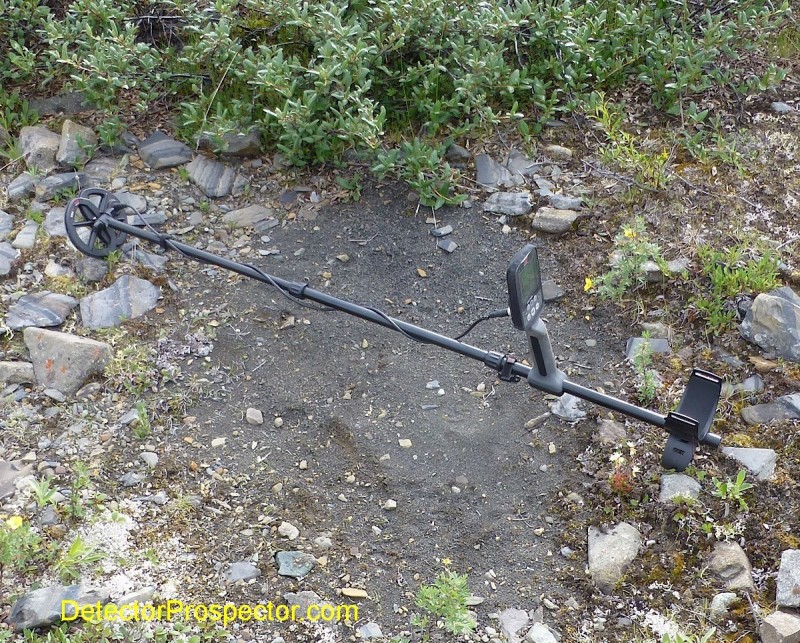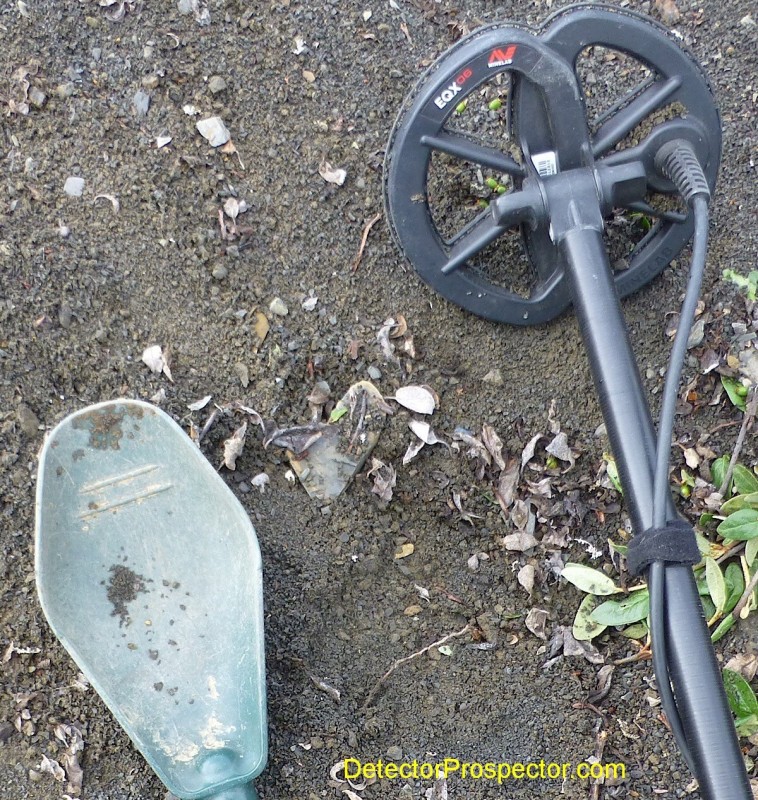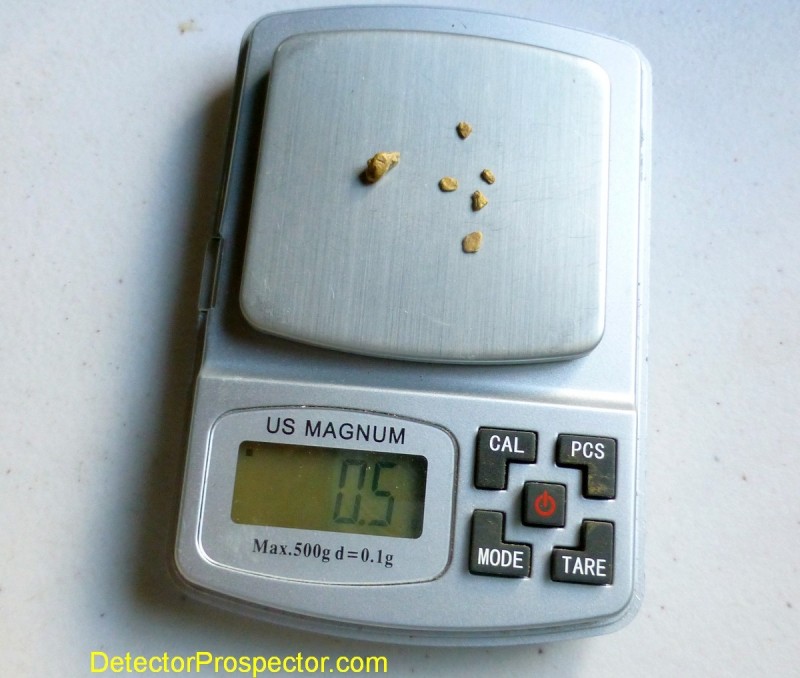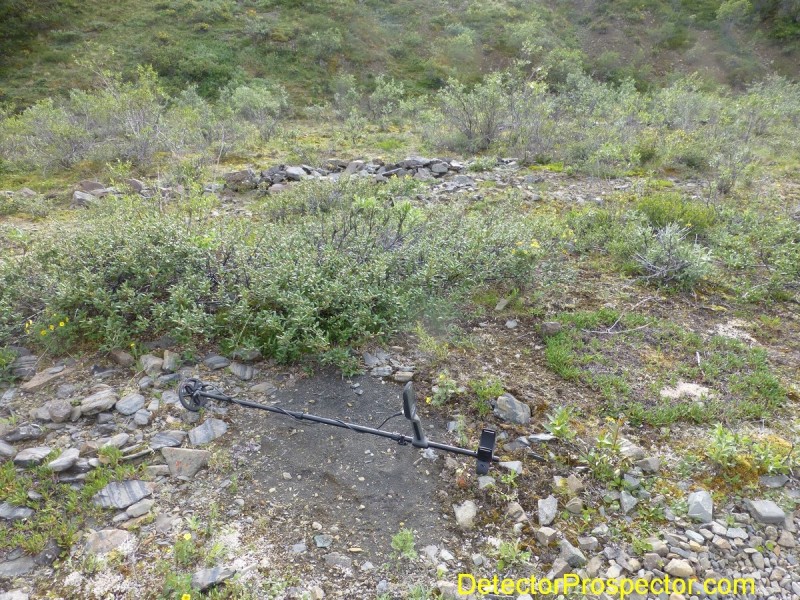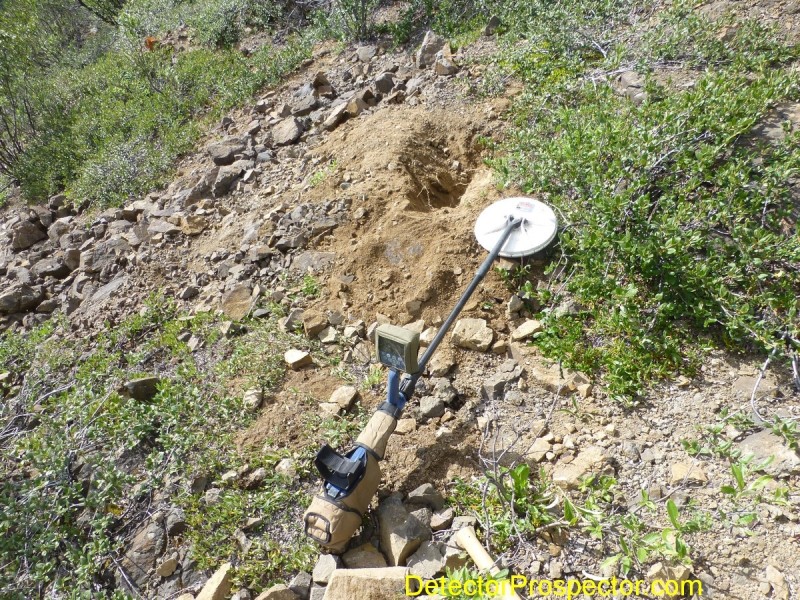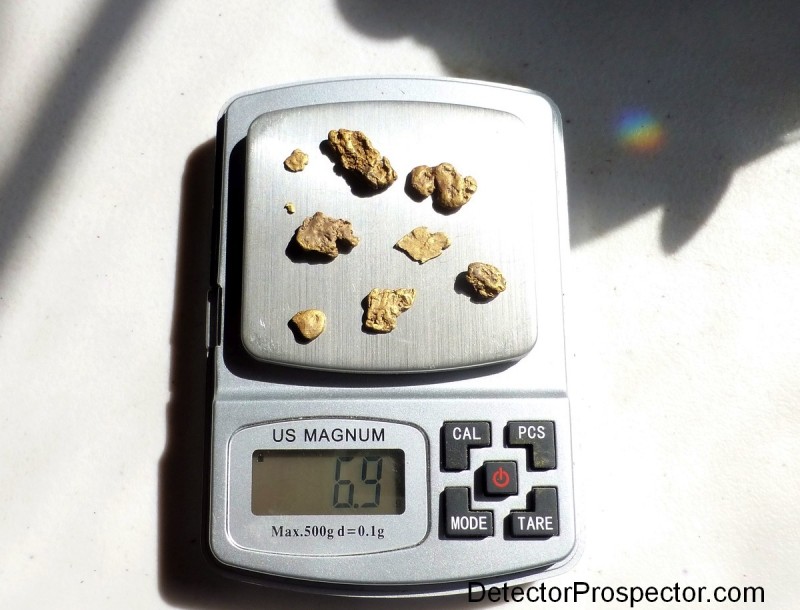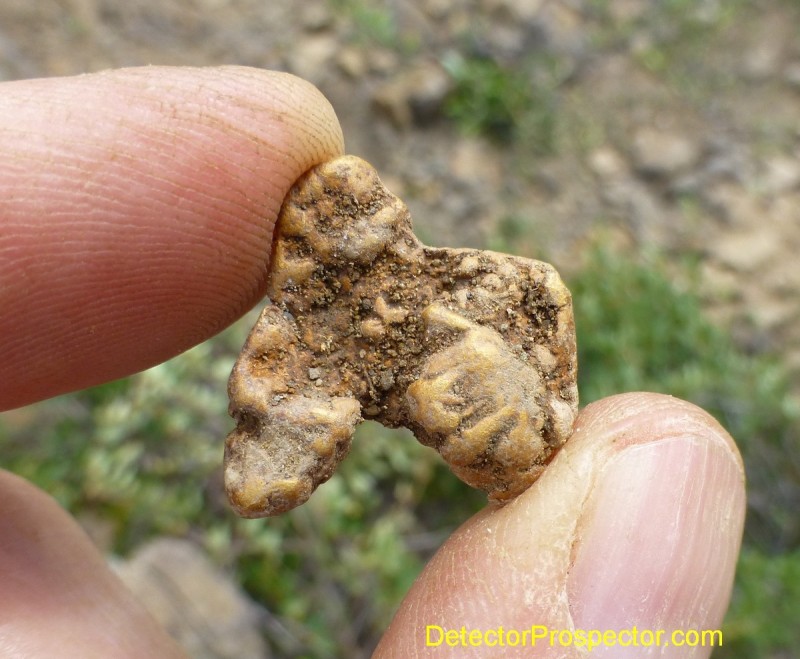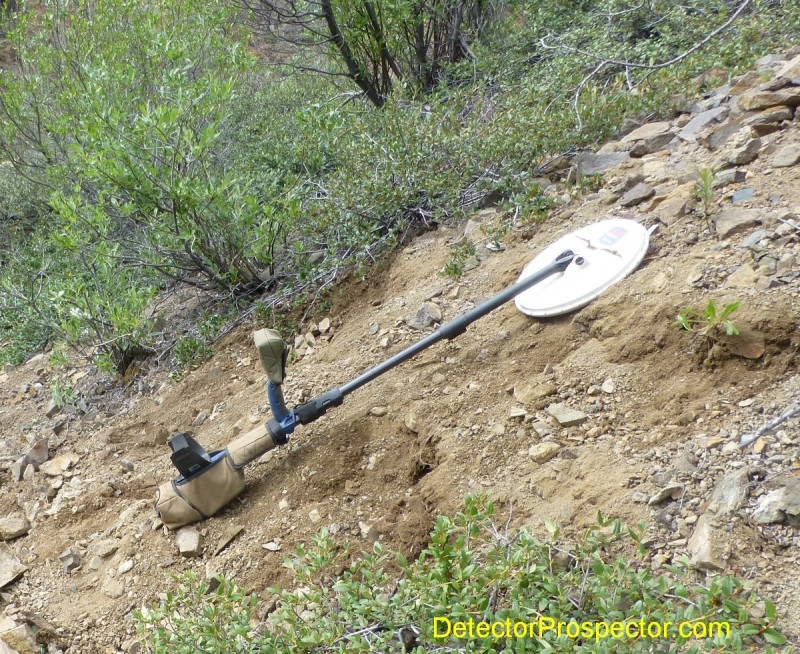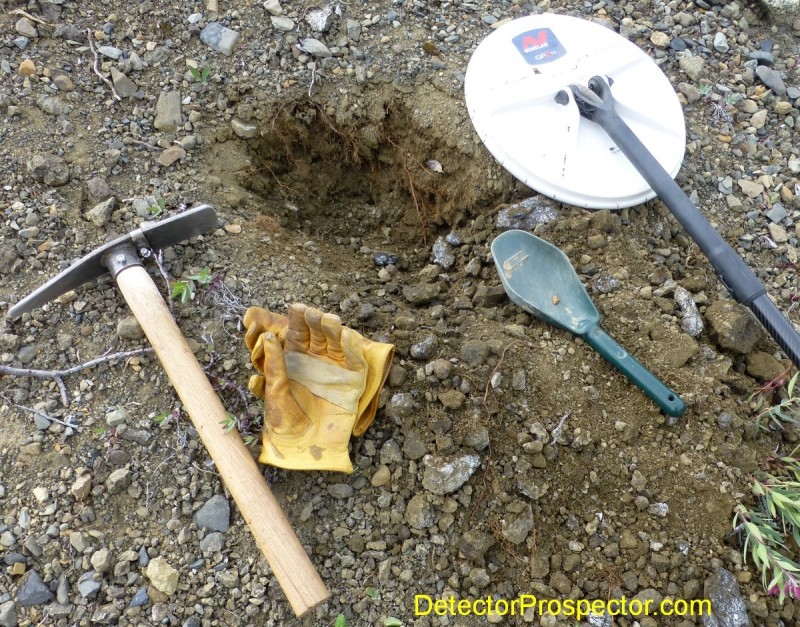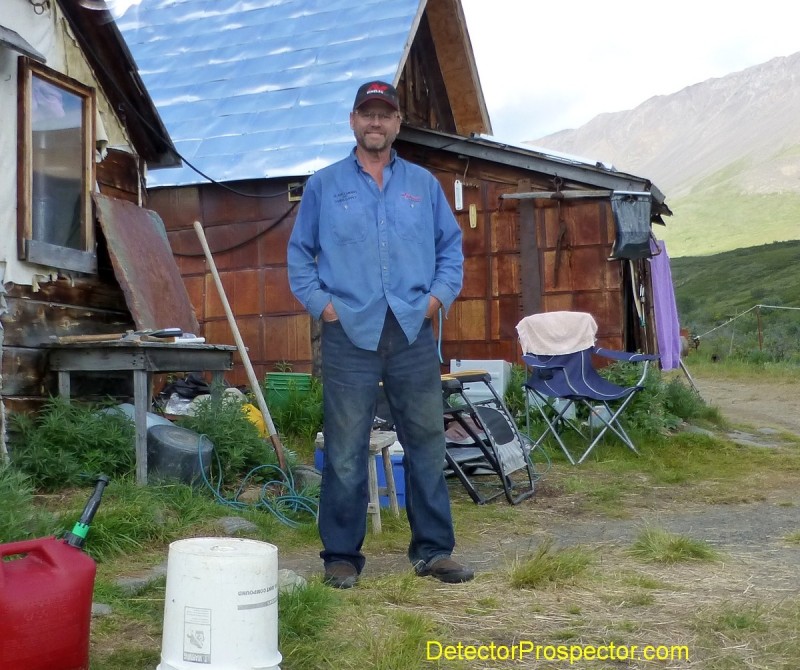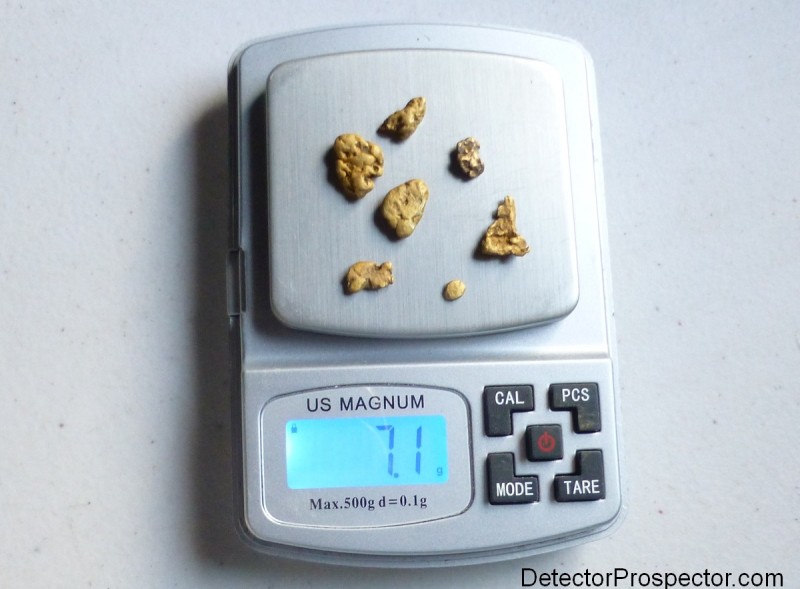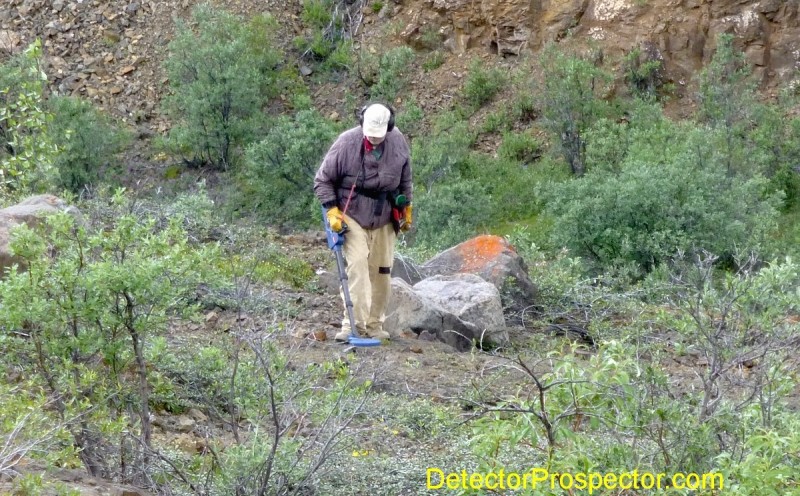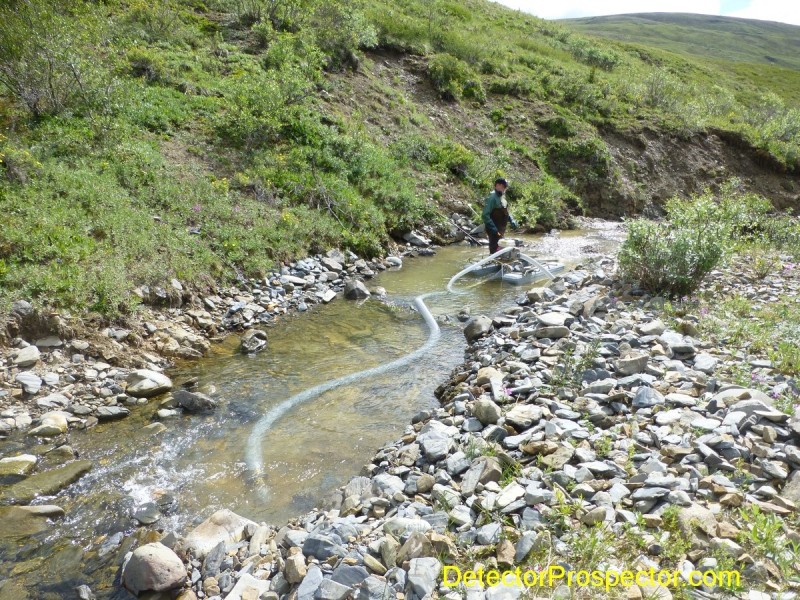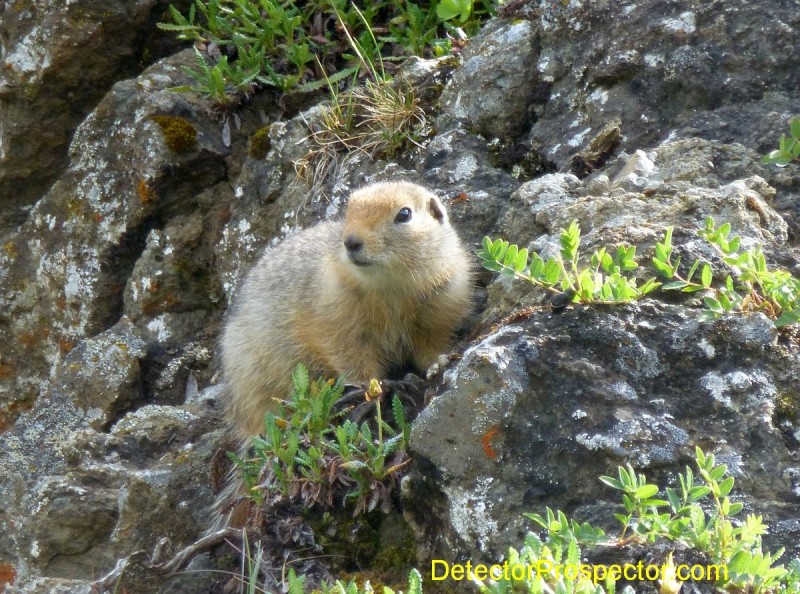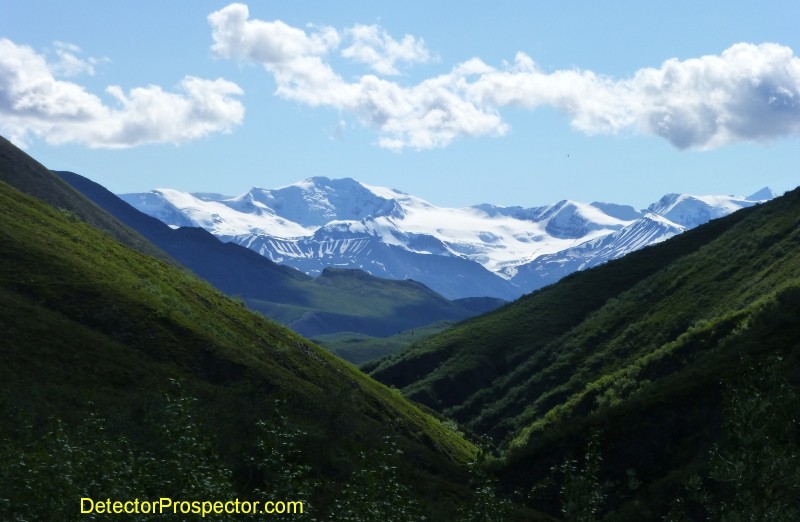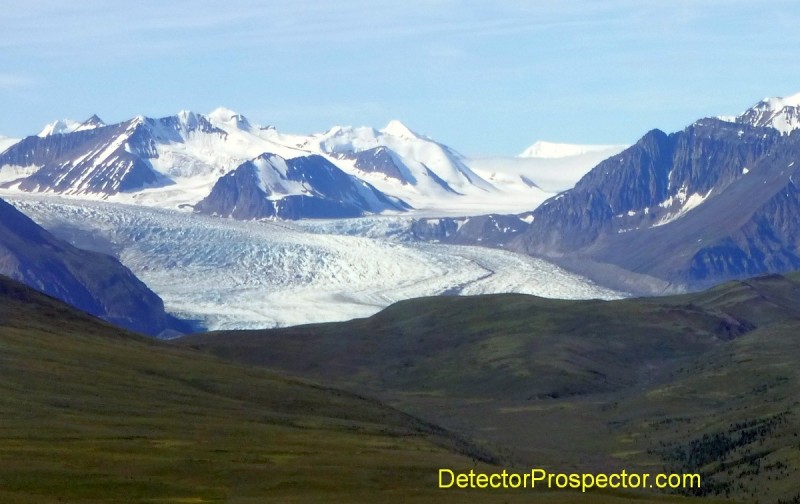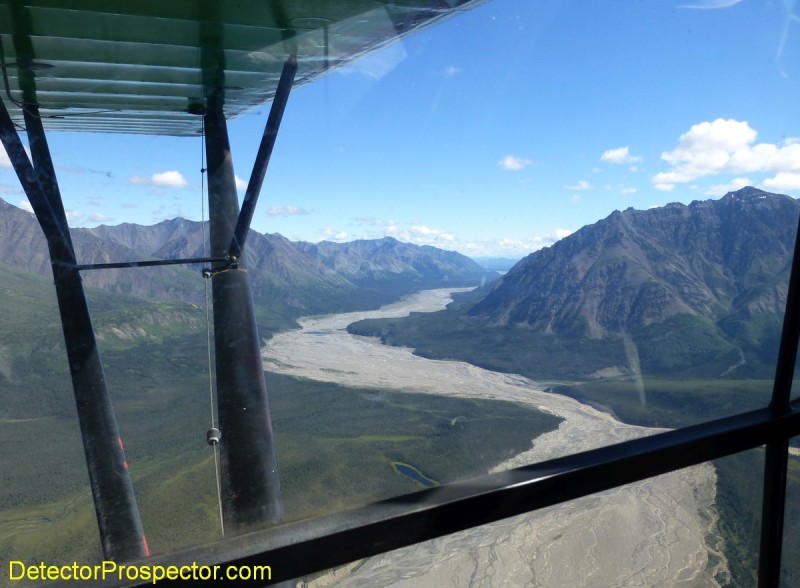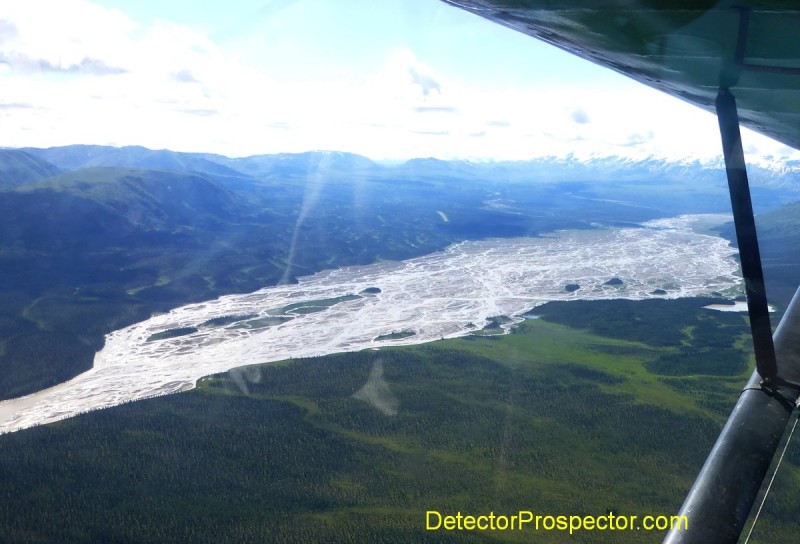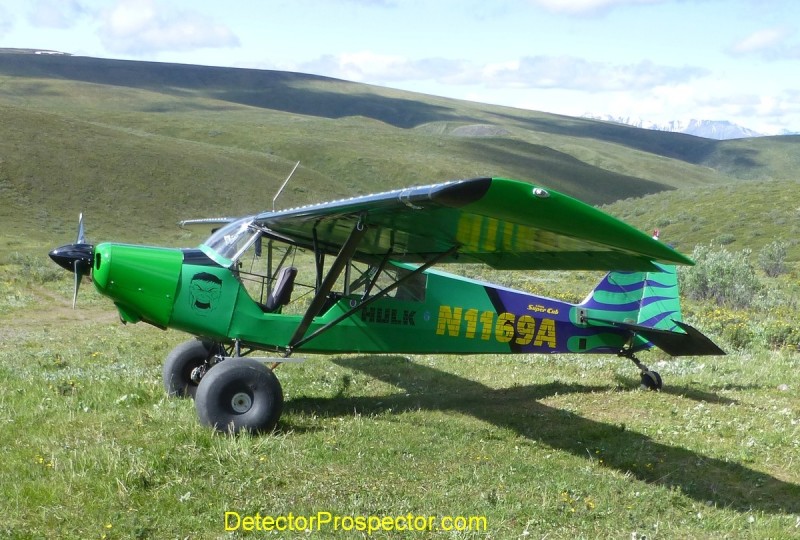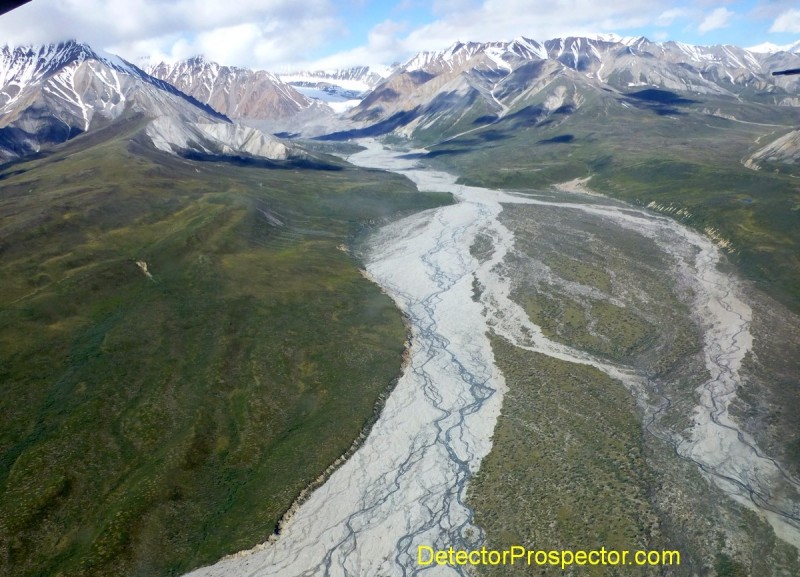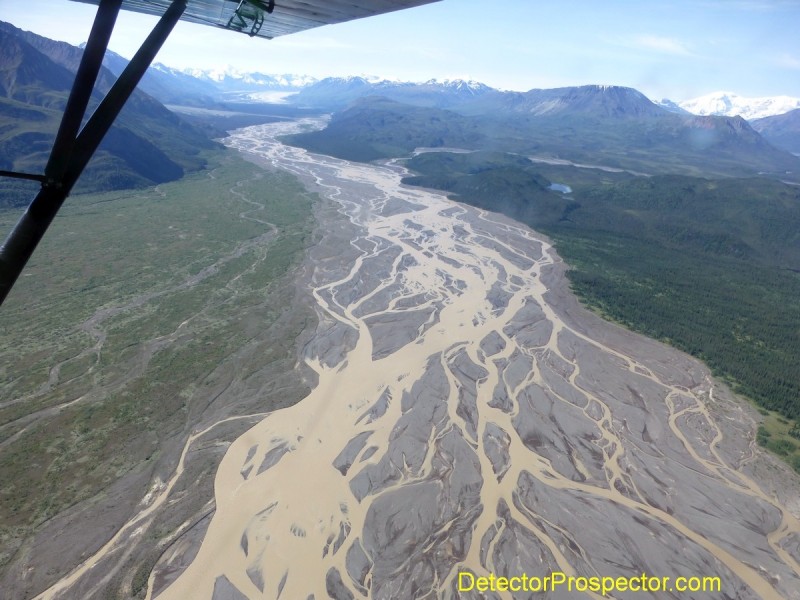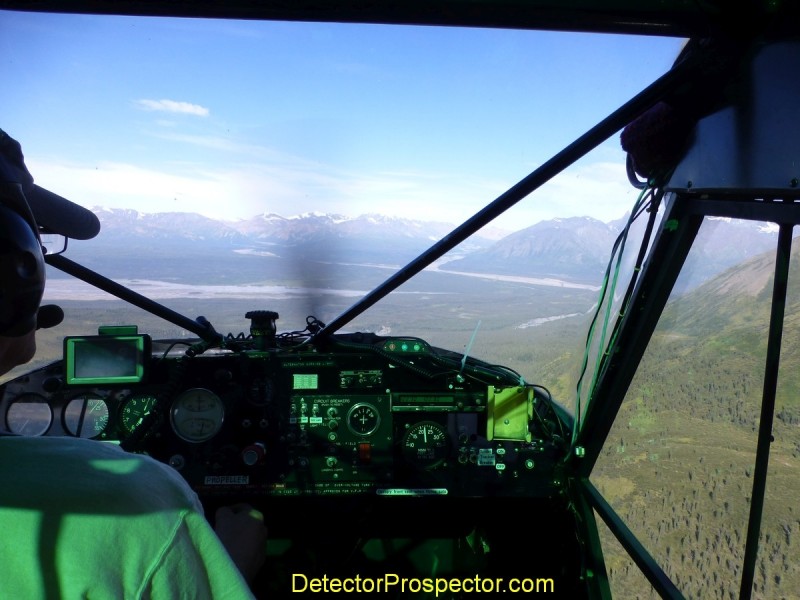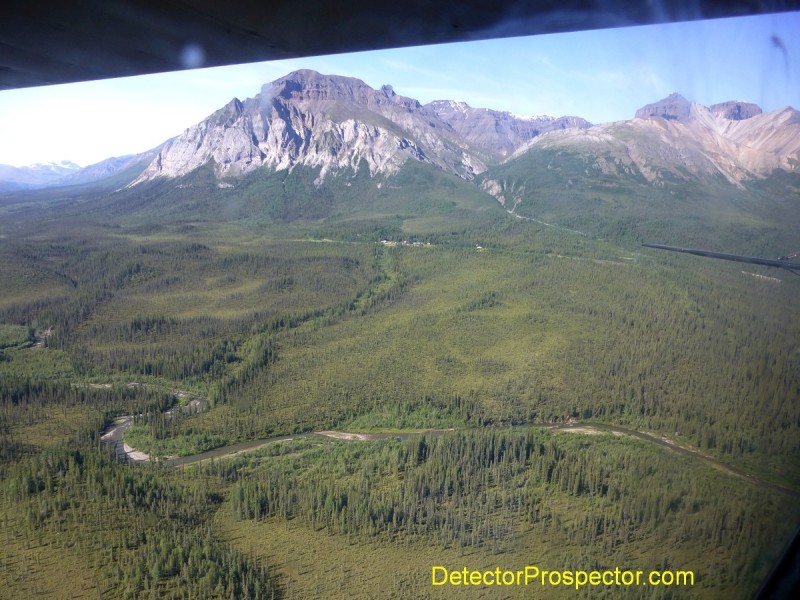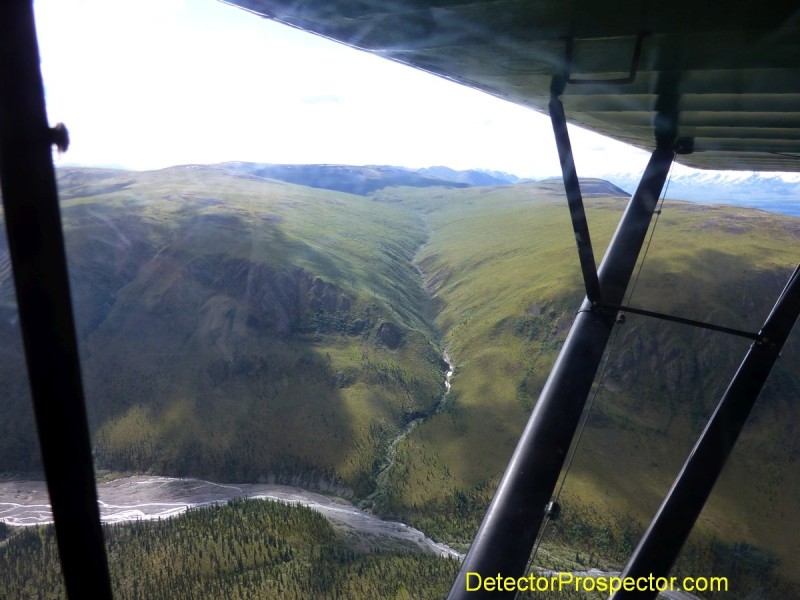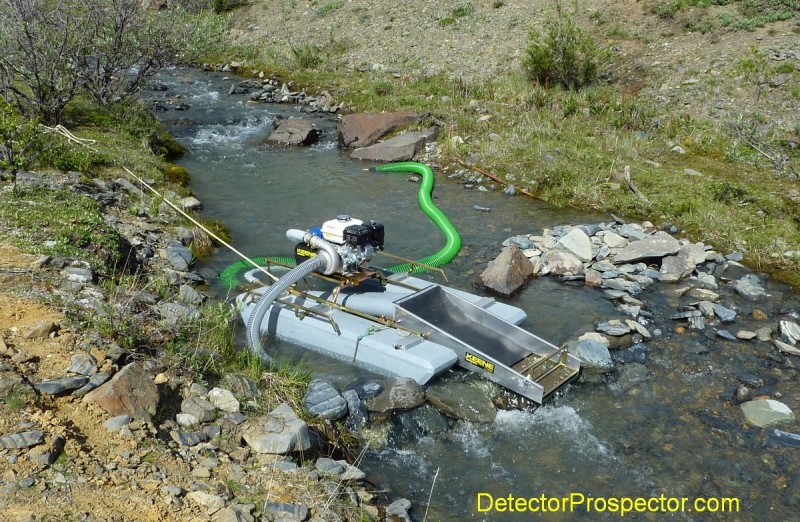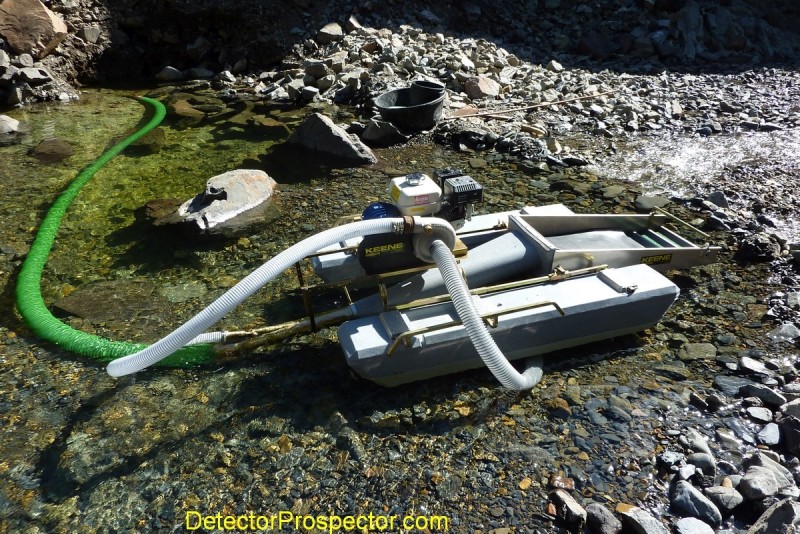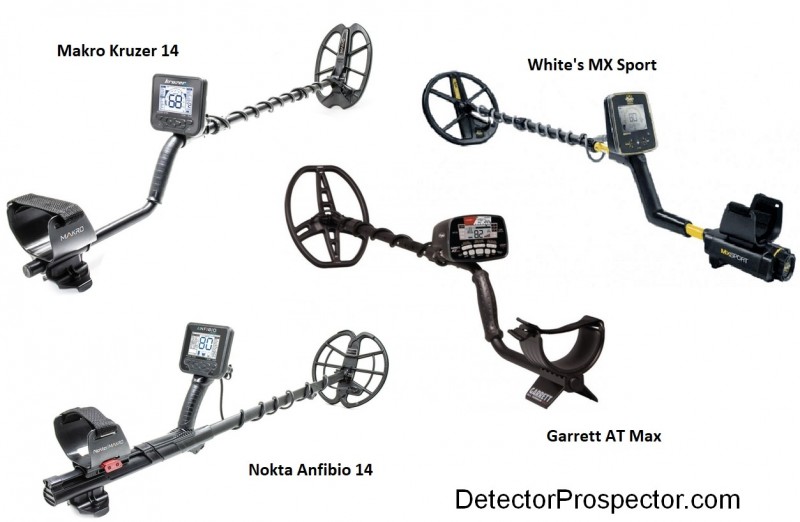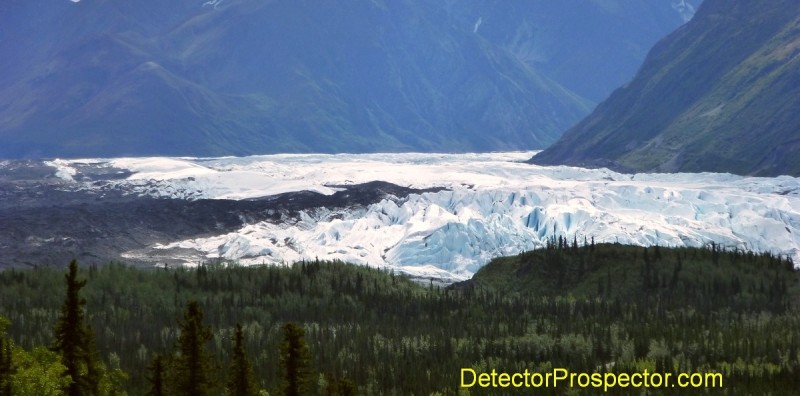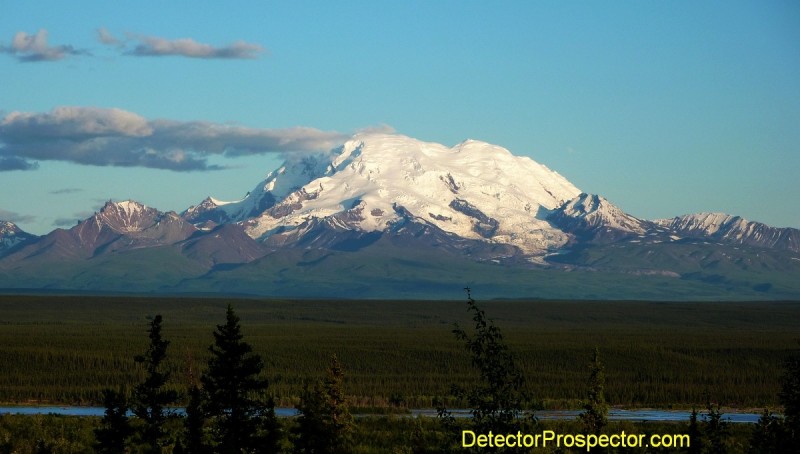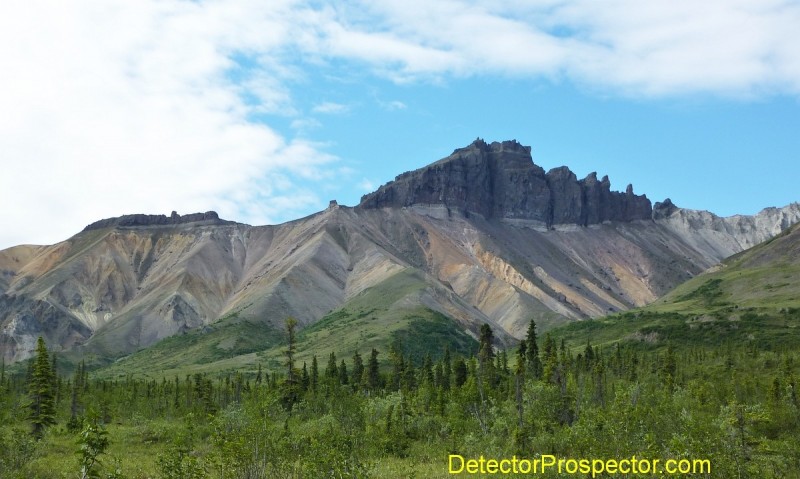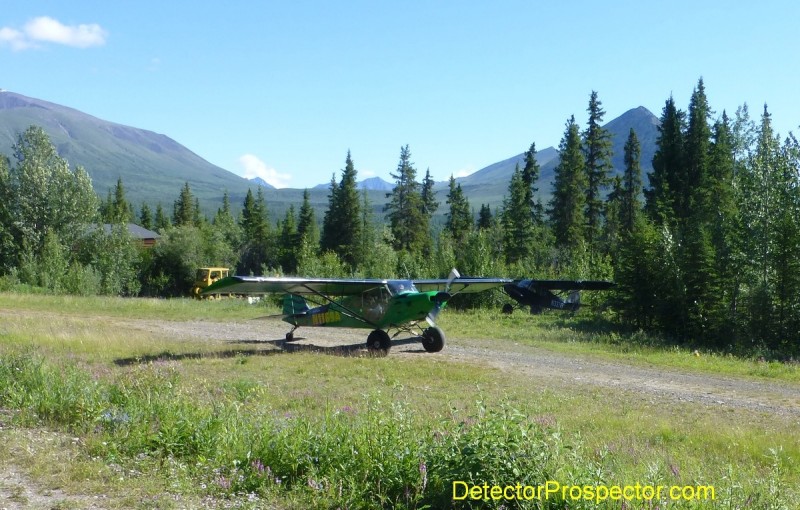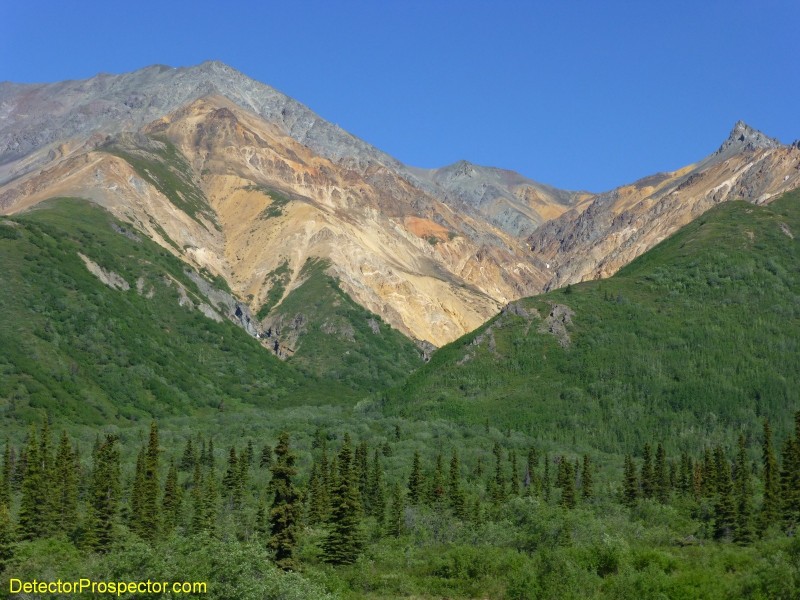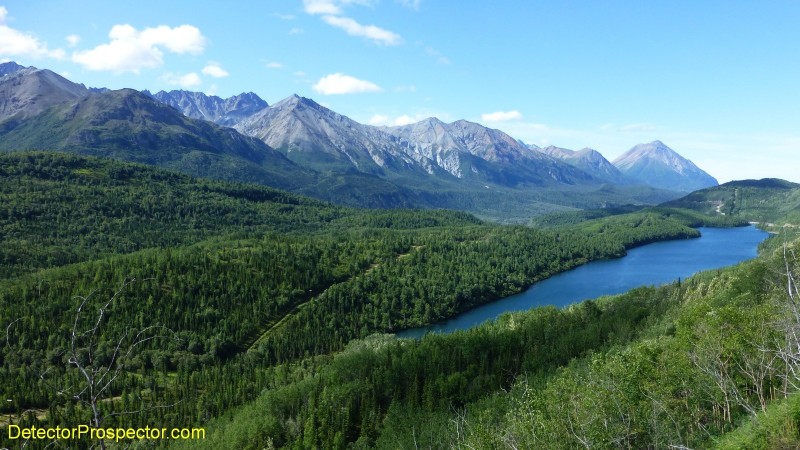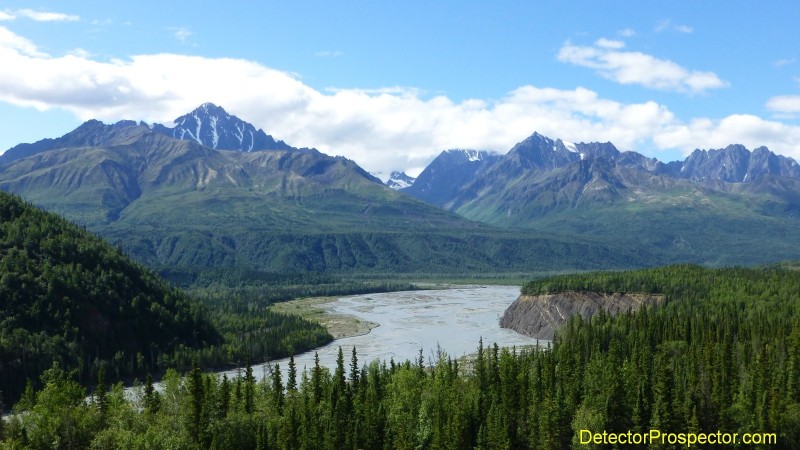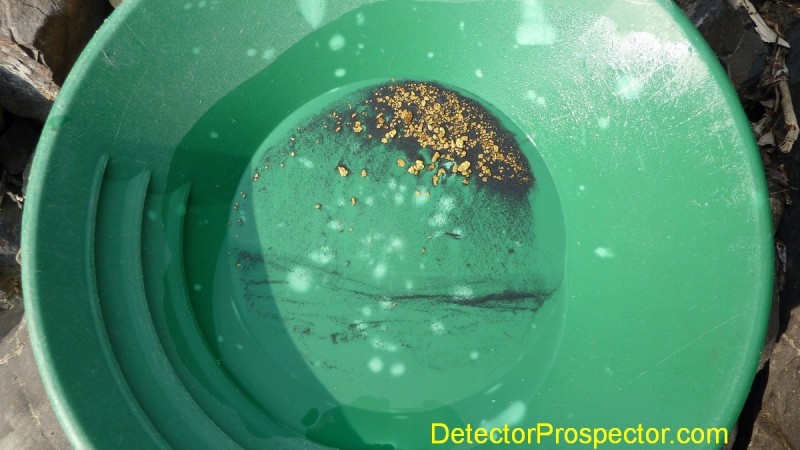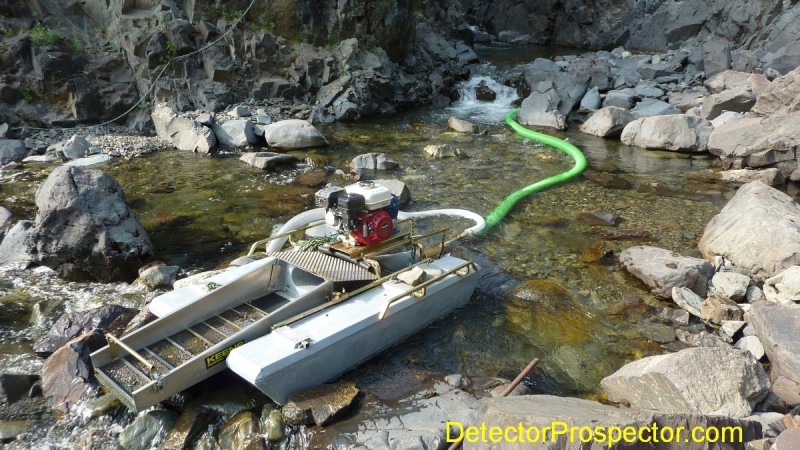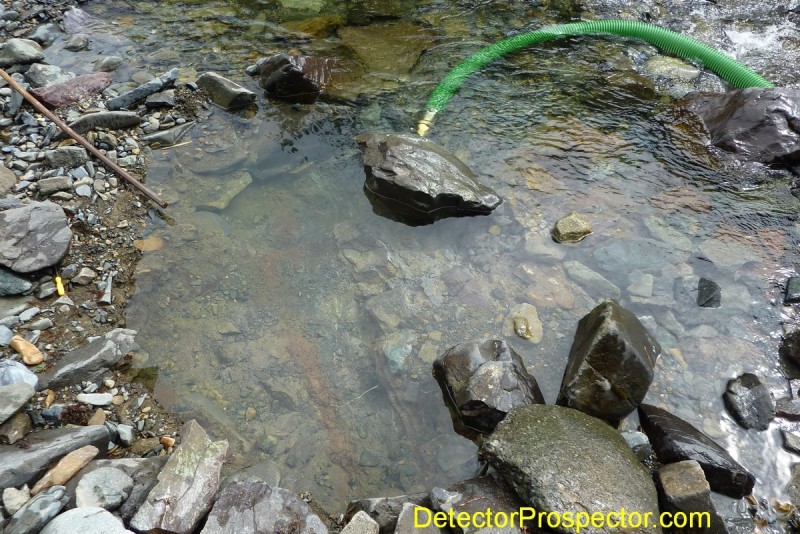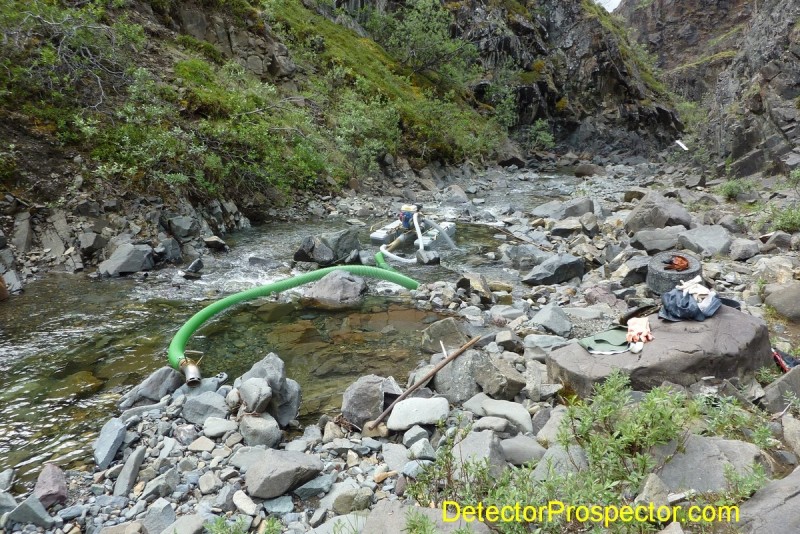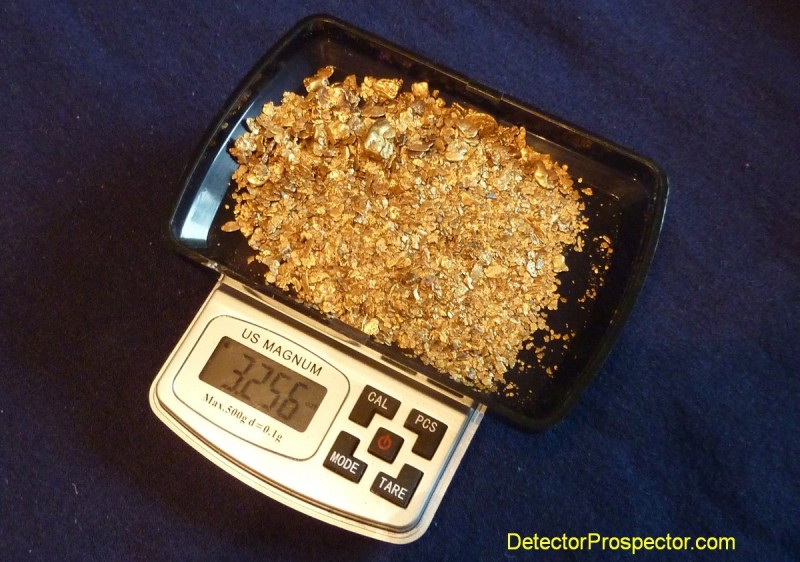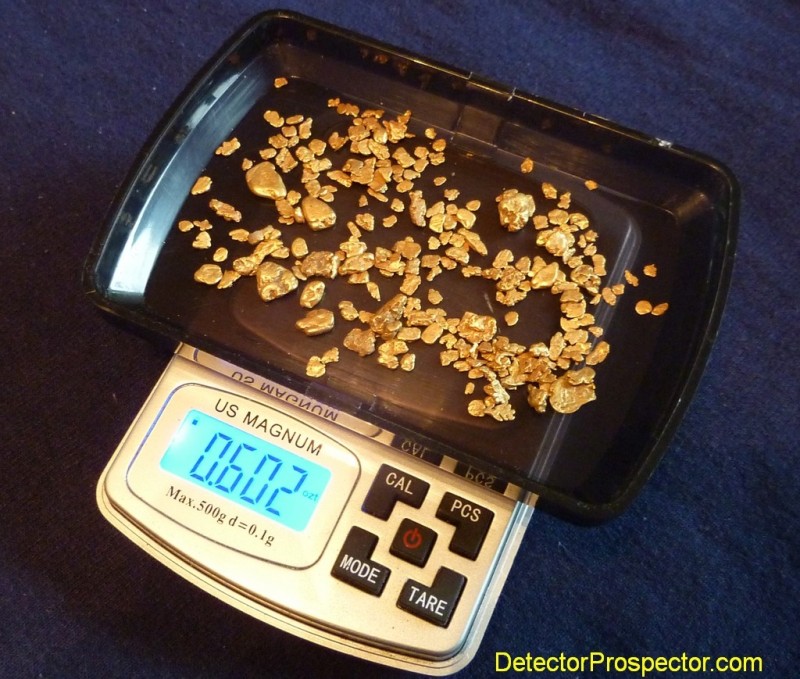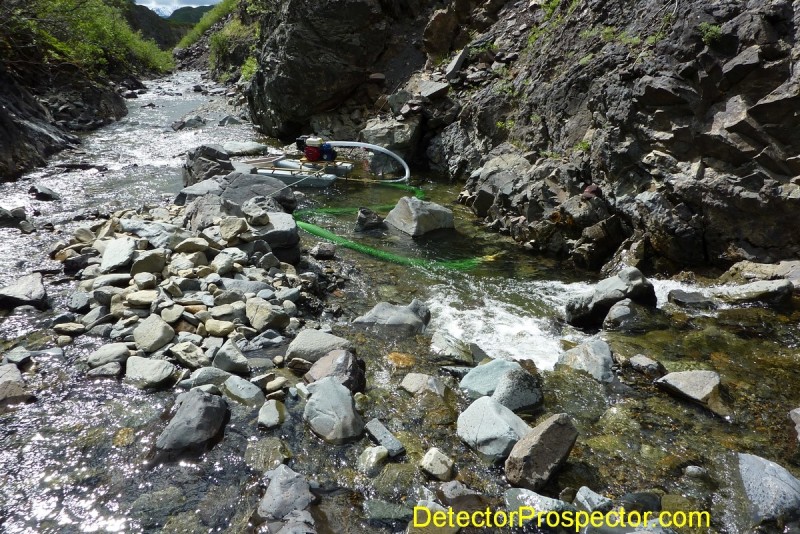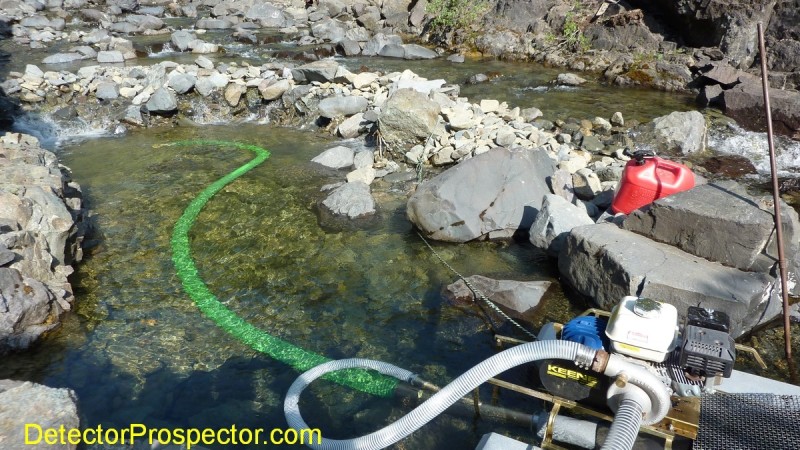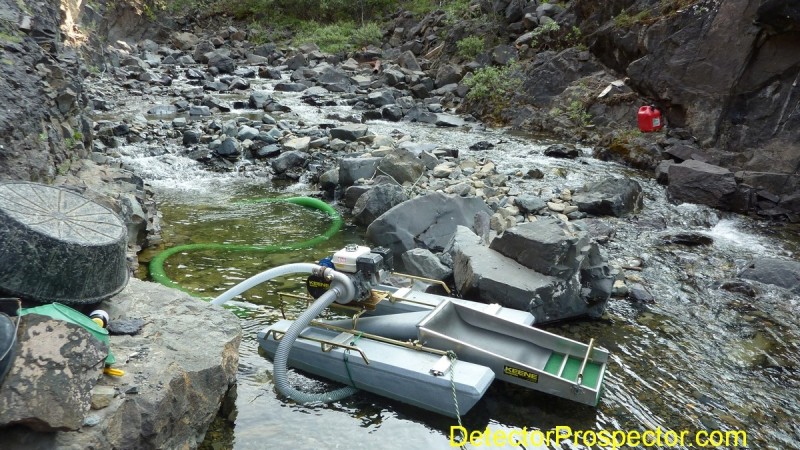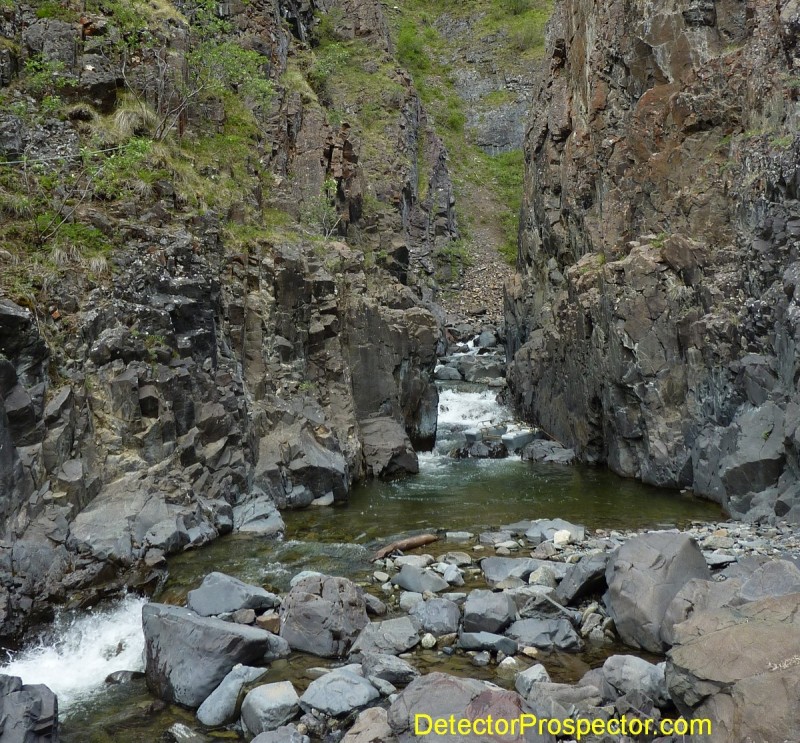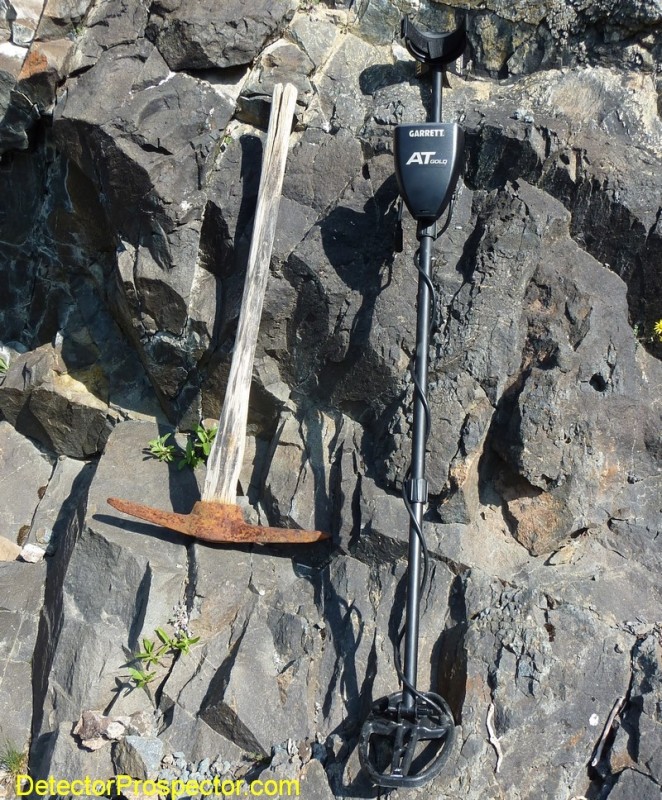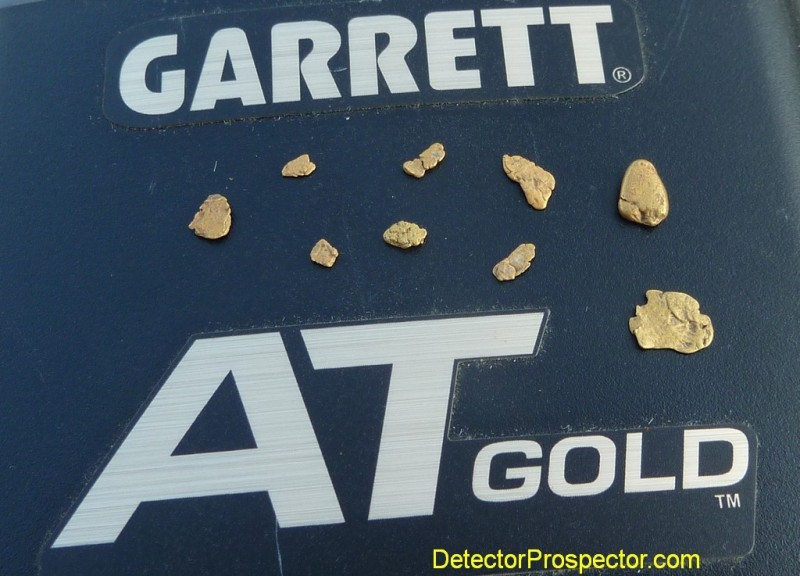-
Posts
19,761 -
Joined
Content Type
Forums
Detector Prospector Home
Detector Database
Downloads
Everything posted by Steve Herschbach
-
I had a friend who bought a second hand out of warranty White’s Surf PI. He sent it in to get checked out and was surprised when White’s sent a new one back. Even though it was second hand and out of warranty, there had been a redesign of the oring seal, and White’s wanted him running the newest version. Very impressive to do that sort of thing when the customer is not demanding or even asking for it. Great service White’s!!
-
Welcome to the forum Lgtrack!
-

MX Sport & Monte Nail Board Test Video
Steve Herschbach replied to ☠ Cipher's topic in White's Metal Detectors
Well, I thought it was a remarkably honest video coming as it does straight from the manufacturer. Some people don’t like the nail board test for various reasons but it does at least provide a standardized test where few exist. Anyway, I thought Tom did an excellent job with no attempt to sugar coat - well done. -

Tesoro Closing Their Doors?
Steve Herschbach replied to Sourdough Scott's topic in Detector Prospector Forum
-
Good for you - it’s a fun detector!
-

My Expanded Case For 3 Tones
Steve Herschbach replied to ColonelDan's topic in Minelab Equinox Forum
Might be a bit as I am fairly busy right now. Frankly the video does a fabulous job though. Reducing from five tones to three just involves using the same tone for two pairs of the five possible tones. -

Found Some Long Lost Hi8 Video - - -
Steve Herschbach replied to jrbeatty's topic in Detector Prospector Forum
Fixed - using the YouTube “share video” link is the most dependable. -
Generally when targets are bouncing all over the place reducing the sensitivity of the machine will settle things down.
-
Thank you everyone. I guess I am in same boat as you JR - just trying to share and document little bits of history. I appreciate the old archive stuff you have been posting also. Lots of great photos and old video out there that are wasted if never shared. Yeah JW, lots of similarity between some parts of Alaska and New Zealand. Thanks for all the stories and great photos you also share with everyone.
-
The rest of the trip was nice though clouds kept threatening to move in. They would clear out however and the sun would appear again. With time running out I got back to detecting with the GPZ 7000 plus a little bit here and there with the Equinox. All in all I was only averaging about eight nuggets a lazy day of detecting, getting about 1/4 ounce a day average. Hand stacked rocks and bedrock - nugget detecting heaven! I have mentioned I have never found a nugget weighing even a half ounce at Gold Hill, though they are mentioned in the old records, and I know of some found more recently by others. I really thought I had one this trip however. I was in a bedrock gut leading into a mined pit that was producing nuggets. I got a deep signal in a bedrock pocket right in the bottom of the little gully. Whatever it was was wedged down in deep and tight, and when I first laid hands on it I thought "Aha!" but it was not to be. I found the largest copper nugget I ever found though there is very little copper exposed on the surface. I will treat it with acid later and post a photo someday, but for now here is what it looked like fresh out of the ground. Large copper nugget - should have been gold! The last couple days of this great trip were dedicated to some serious camp cleanup and so this adventure finally came to a close. My detecting had exceeded expectations. I am certain I could have found more gold had I worked more single-mindedly at the task, but the fact is this trip was a near perfect balance of relaxation and finding gold. I finished up with just a hair over 3 ounces of nice chunky gold. Three ounces chunky gold found by Steve with GPZ 7000 The Equinox 800 had proven itself to be an excellent tiny gold sniper on this trip. It was the GPZ 7000 that made the day however, literally making it feel like cheating compared to what the other guys were able to do. Dudley and George both got gold but it was the GPZ that impressed us all. I have long known how powerful the machine is, but this is the first time I have run it on ground I know very well. It was amazing at how easy it was for me to do well just one more time at Chisana and Bonanza Creek. Dudley had been hoping to find a couple nice pendant nugget for his daughters but the dredge kept finding smaller gold. I gave Dudley what I considered to be the best pendant nugget I found at 5 grams and traded a second 3.5 gram nugget for some fine gold he got dredging. Pendant nuggets 5 grams and 3.5 grams Again, just a fabulous trip. Thank you George and Dudley for the invite and a great time. I have learned never to say never, so I don't know if I will ever return to Chisana and Gold Hill again or not. I am grateful I got this last trip in however as it ended my decades of visits to the hill on a somewhat brighter note than the last time. I hope you all enjoyed this trip down memory lane and a rare look at places and times in Alaska that few will ever see or experience. I am very lucky to have been born where and when I was. I have seen Alaska transition from true frontier to modern civilization in my lifetime and this is just a small part of what I have experienced. There are many people in this tale who have not been mentioned at all out of respect for privacy issues. My thanks to all of them. Thanks again for riding along on this long thread! One last look at Gold Hill below.... Steve Herschbach 2018 Herschbach Enterprises Gold Hill at Chisana, Alaska
-
At this point I was feeling a little funny. I am the sort of person that wants everyone to find gold. If I start getting too far ahead I get this weird guilty feeling, like I am cheating or something. When this happens I tend to back off a bit and maybe lend a helping hand to somebody else. In this case just like on my last trip Dudley was finding that the gold dredging was not a get rich scheme. I thought he was actually doing pretty good as he was getting close to a quarter ounce a day with the 4" dredge. He would not be satisfied with that however and would move to a new location looking for something better. It did not get better, more of the same, but then time lost moving around. I decided to be his assistant for a couple days and help set up a second dredge at a new location while he worked the main site. Then he could sample the new site to see if it was any better while I looked for yet another spot and moved gear there. 2.5" dredge sample location And another sample location Dudley working test dredge at second sample site Try as I might I could not find anything better than what Dudley was already working. And truth be told after a couple days I was quite happy to get away from the water and get back to metal detecting. Dudley kept plugging away but as I slowly pulled ahead of him in gold production he was starting to see that maybe metal detecting is not so boring after all! Dudley working along rock wall with 4" dredge The gold being found gold dredging To be continued....
-
George was having a good time taking it easy sniping bedrock for smaller gold with the Gold Bug 2 and SDC 2300. Here is one of his work sites. Working bedrock with Fisher Gold Bug 2 George did not get any big nuggets this trip. George does have a knack for finding some real beauties however. The last trip to the mine George had found as nice a nugget as I have ever seen come out of the Gold Hill area. At 8.59 pennyweight (20 pennyweight per Troy ounce) it is just a hair larger than the largest nugget I have found in the area. It is not the size that makes it impressive since a few multi-ounce nuggets have been found at Chisana. What makes George's nugget exceptional in my opinion is the character - nice, fat, and solid gold. 8.59 pennyweight gold nugget found by George on previous trip I got back to metal detecting and had another good day. Here is a shot of some of that leafy ground cover I mentioned earlier. The GPZ 7000 was doing great at running over this stuff and getting the gold below. Minelab GPZ 7000 and thin brush hiding gold nuggets Ten more nuggets for Steve - 8.8 grams To be continued....
-
I now had a nice little bottle of gold going for the trip. I was worried however that the weather would take a turn for the worse. I wanted to hike up Bonanza Creek and explore / take photos and if rain set in the creek would get too high to ford. The nice weather was holding for now and I decided to hike around on the photo tour. These are some photos from several different days in this time frame. One of the numerous squirrels hanging around camp We are all used to seeing sluice box riffles that go across the sluice box from one side to the other. The oldtimers were more interested in high volume operations and the ability to let large rocks slide through a sluice box uninhibited. They often employed "pole riffles" which are literally wooden poles laid lengthwise down the sluice box. Rocks would slide down the poles, and gold fall into the crevices between the poles. Since wood wears the poles were often topped with strips of steel. As an alternative railroad rails were laid lengthwise down the sluice. This method lost a lot of gold but the miners were more focused on what they were capturing, and they captured a lot of gold. These riffles are why there is so much reconcentrated tailings gold in Bonanza Creek. Steel topped pole riffles from old sluice box As noted before I was on a quest to get some good ptarmigan photos. There are quite a few in the area and I got some good photos of the adults. The chicks were balls of fuzz that disappeared into a brush pile if I got anywhere near so no photos of them. Here you see examples of both female and male summer plumage. Both genders turn snow white in winter. Female willow ptarmigan Another ptarmigan hen Up close and personal! Male willow ptarmigan And a side view of the man of the family Alpine dwarf fireweed Upper Bonanza valley with Coarse Money Creek camp in distance Old rocker box and shovel Parka squirrel doing what they do - eat all day To be continued....
-
I knew the ground had seen a lot of detecting, and so I was not sure how the GPZ 7000 would work out. I was sure lots of tiny gold bits remained however, and I knew the new 6" coil for the Minelab Equinox 800 was super hot on tiny gold. I therefore initially was going to use this detector a lot during the trip. I figured it was a perfect opportunity to show off the new 6" coil and what it can do by finding a large pile of tiny gold. In particular it gave me an opportunity to fine tune my Gold Mode settings for the Equinox 800 that I wrote up into an article later on. Minelab Equinox 800 on patch of decomposed bedrock Tiny gold nugget in scoop found with Equinox The photos above are great because it shows detail of the little patch of sand the Equinox is sitting on..... Minelab Equinox sitting on "patch of sand" It would be easy to walk right by a little patch of sand like this in the middle of a flat stream bottom. However, you are looking at exposed bedrock. The volcanic basalt rock here decomposes on the surface into coarse sand. The clue is the particles are sharp edged, not rounded. As you dig deeper the material turns to rounded pebbles in sand, and then crumbly rock, and eventually solid rock. See the GPZ photo in the last post for another look. The gold however starts right at the sand layer, which is where the original solid rock surface was when the gold was deposited. The rock then weathered over millenia with gold both at the sand layer and also deeper down where it had settled into the more solid material. Spotting a location like this can make all the difference - I found a half dozen tiny gold nuggets here on my arrival and added a few more later. Half gram of Minelab Equinox gold nuggets The problem with this is the tiny bits do not add up as fast as the larger nuggets. After my initial success with the GPZ 7000 I suddenly lost interest in using the Equinox as much, though I regret now that I did not make more use of it than I did. The weather on our arrival had a few days of colder weather with freezing temps overnight, but then cleared up into the sunny interior weather I have often experienced at the mine. A day of rain slowed things up a bit but I got another 4.5 grams in seven nuggets. The next cool day it was five more nuggets at 4.1 grams. The following day saw the weather lift and warmer temperatures prevailing. What I was finding with the GPZ is that we had done an excellent job over the years depleting the shallower gold. There were however lots of gram type nuggets just a little out of reach of the VLF and older PI detectors that the GPZ 7000 with my Insane Settings were lighting up at depth. In general though there was no one hot spot - it was just scattered gold everywhere I went. There would be a little deeper pocket of crevice in the bedrock, and out would pop a nice nugget with a decent signal.Then a half hour might go by, with another nugget found. Nugget excavated from pocket in bedrock We settled into a pattern of lazy mornings around camp. I would generally wander down the creek with George for a half day of detecting. Then back to camp for early supper. Then back out in the long evening for a little more exploring or prospecting. That being the case I was more of less working half days with the GPZ 7000, but I was finding 6 - 10 nuggets a day often getting 1/4 oz in a day. That first bright, sunny day I found nothing all morning, but then hit a better area in the later part of the day and got eight nuggets for 6.9 grams of gold. 6.9 grams found with GPZ 7000 I was feeling quite confident with the GPZ 7000 now. I was cherry picking, as the solid nuggets made nice, sweet clean tones. The hot rocks tended to warble. In material over a foot deep I did switch the General/Difficult to shut up the larger hot rocks that might be found at depth and was still getting good performance on the larger gold nuggets. By and large I tried to stay with my hot settings however. They really did allow me to run the coil over a few inches of compacted brush to punch through and find nuggets in the bedrock below. It was great fun, with the hardest work being the digging/hacking of the nuggets out of bedrock crevices. I purposefully went after a area of large broken bedrock and brush that had foiled me before but where I swore gold had to be lurking. I almost immediately banged out a 5.9 gram nugget, my largest of the trip. 5.9 gram gold nugget found with GPZ 7000 I honestly had no expectations at all for this trip, and had set no goals with the idea of just taking it easy a day at a time. Yet here I was early in the trip kind of surprised at how well things were going. I was motivated to hunt later than normal that day, and ended up with almost a half ounce of gold in eleven nuggets at 15.2 grams total. My total for the trip was at 1.21 ounces, and I already felt pretty happy with the gold. This in turn takes a little performance pressure off, making things even more enjoyable! GPZ 7000 working hillside area To be continued....
-
Just shy of 5000 feet. I was determined this trip to concentrate on just enjoying myself and having a good time. Anyone who followed this forum this spring knows I was burning the candle at both ends doing website upgrades. Nobody knew at the time but I was on fire trying to get that all done before this trip. The effort had me a little burned out but that is ok because this trip was a reward for all that effort. That being the case job one for me was just to decompress and relax. I wanted to be sure and hike around to get lots of photos. In particular I wanted to get a good photo of a ptarmigan and a ground squirrel. I had no plans to do anything but metal detect for gold (no dredging), and had both my Minelab GPZ 7000 and Equinox 800 along. The ground as anyone following this thread knows has been heavily metal detected in the past. I knew there was plenty of tiny gold to find and figured I would do well with the Equinox 800 and new 6" coil. And in fact on my day of arrival I did a little detecting at the end of the day and got six little nuggets totaling 0.5 gram - gold on the first evening! Steve happy to be back up on Gold Hill - July 2018 The next day I grabbed the GPZ 7000 and headed for a once reliable location in the bench area. There is decomposed basalt bedrock that looks more like sand than bedrock that held a lot of nuggets. Everyone and their brother had been over this patch with many detectors including the GPX 5000. If there was a place that might show what the GPZ was capable of on this ground that spot was it. The ground is fairly mild and I was able to use Steve's Insanely Hot Settings. These settings are basically just every control on the GPZ maxed out to be as sensitive as possible. In lots of places the mineralization will not allow the GPZ to be run this hot and the settings make hot rocks if present really sing out. Yet I find I run these settings almost everyplace I go in Nevada and California because they do work to find gold for me. I fired up the GPZ, got tuned up, made a couple passes over the ground with the coil - nice sweet signal! Not more than a few minutes detecting with the GPZ and a nice 2.1 gram nugget popped out of the ground. And the best part - it was not a whisper signal. The GPZ lit this nugget right up and all the sudden I had a real good feeling about how this was going to work out. First GPZ nugget ever found on Gold Hill - 2.1 grams I did not see any point in looking for the tiniest gold with the GPZ 7000. I know this ground like the back of my hand, and where most all the gold had been found over decades of time. That made it very easy for me to target locations where I knew there was gold in the past, but where there might be more nuggets lurking in deeper ground. Deeper could mean more gravel depth, or maybe just deeper pockets of crevices in bedrock. There is also a lot of low lying alpine bushes and other ground cover that work to keep a coil away from the gold. With a VLF I might try and work under this stuff pushing it aside bit by bit. The GPZ has so much excess power I just ran the coil over the stuff while pushing it down. My first day detecting did not find a lot of nuggets but they were all fat ones that added up.... seven nuggets for 7.1 grams plus a little copper nugget. Steve's first GPZ nuggets from Bonanza Creek George goes detecting with Minelab SDC 2300 George and I were there to relax and metal detect. Dudley on the other hand has always found metal detecting boring and so he was gung-ho to go dredging. Years of validity exam work and piles of paperwork finally resulted in all the remaining claims being fully permitted. This meant that Little Eldorado now had permits for suction dredging which previously had only applied to Bonanza Creek. Dudley was convinced, just like I had been previously, that ounce a day dredging awaited if he could find the right spot. Dudley working 4" Keene dredge on Little Eldorado Creek And like I said, I was on the lookout for photo opportunities. Here is another Arctic Ground Squirrel photo and a view of the Wrangell Mountains looking down Bonanza Creek. "Parka Squirrel" watching from rock wall View of Wrangell Mountains from Bonanza Creek To be continued....
-

Pyrite And Gold
Steve Herschbach replied to nugget hunter's topic in Rocks, Minerals, Gems & Geology
I am sorry this got missed for so long. If you are metal detecting for gold nuggets you do not need to worry about gold in sulphides or even much about geology. All you really need to do is historical research and property ownership research. Check out my guide on how to look for gold nuggets with a metal detector. -
There are just a few aerial photos of what a person sees from the air flying in and out of Chisana. The next photo is immediately after takeoff from the Devil's Mountain Lodge airstrip. The mountain you see behind the lodge is actually White Mountain - Devil's Mountain is seen from the lodge and is not visible in this photo. Nestled under the left side / end of White Mountain is the Nabesna Mine. This hardrock mine produced over 50,000 ounces of gold in the 1930's. White Mountain and Devil's Mountain Lodge at Nabesna, Alaska View from the backseat of the "Hulk" Floodplain of the glacial fed Nabesna River (glacier in distance) Typical mountain scenery Massive outwash floodplain from Chisana Glacier / Chisana River Chisana Glacier The Chisana River starts at Chisana Glacier and initially flows through the wide open valley where the town of Chisana is situated. The river is geologically older than the nearby Nutzotin Mountains. As the mountains built up over time the river maintained a channel that now appears to cut right through the Nutzotin Mountains. The river is actually flowing north until it eventually meets the Nabesna River and they both become the Tanana River. If we followed this river about 300 miles it would bring us to Fairbanks, Alaska. The Tanana River eventually meets the Yukon, and about 600 miles from this photo eventually flows into the Bering Sea. Chisana River where it flows through Nutzotin Mountains Finally we arrive at Gold Hill. There is another gold bearing stream called Big Eldorado Creek over the hill from us - this is an aerial view of Big Eldorado Creek. There is a gold source at Big Eldorado Creek that is situated in massive pyrite and so the gold there is of local source, bright and shiny. Only a few thousand feet of Big El were ever mined. I hiked over there years ago and still have a fist-sized chunk of pyrite from the location. Big Eldorado Creek flowing off Gold Hill The turning approach is made into the mountainside airstrip. The Hulk landing uphill comes to an almost immediate stop, and so even though this is a very short airstrip less than half gets used while landing. When departing the plane is often empty and can take off in just a couple hundred feet. The Hulk parked on Gold Hill To be continued....
-
Or at least not published on the internet before. If you all have not been following my Chisana Story you will want to check it out. Lots of rare photos of Alaska locations and history plus lots of dredging photos. Keene 4" suction dredge on Little Eldorado Creek, Alaska Keene 4" gold dredge on Bonanza Creek, Alaska 4" Dahlke suction dredge in action Bonanza Creek, Alaska
-
This is a quick comparison of 14 khz waterproof single frequency metal detectors. 13 - 15 khz has proven to be an excellent frequency range for all around metal detecting. For those seeking bang for the buck in a single frequency metal detector these models offer excellent performance at affordable prices. Click on chart for larger version. 14 kHz single frequency waterproof metal detectors compared To see other frequencies compared go here Makro Kruzer, White's MX Sport, Nokta Anfibio, Garrett AT Max
-
This last winter I had the opportunity to visit with my business partner of many years. In the course of the visit he mentioned that he had not been up to Chisana in several years and was planning a visit over the summer. He wanted to know if I was interested in visiting again. Now, it can be seen above that the last few times I visited the mine I concentrated on gold dredging and validity exam work. I had not visited the mine since 2012 and in the meantime new technology landed on my doorstep - the Minelab GPZ 7000. I figured that alone made a return visit worth a go but I was mainly just pleased to be able to see one of my favorite places in Alaska one more time. This time I was more cognizant of the fact I might not see the place again, and so I went to extra effort to take more photos than usual this trip. So here we go with this last deluxe entry in this long tale! We wanted to spend a decent amount of time at the mine. The plan was for three of us to go in - mine partners Dudley and George plus me as a guest - and spend almost three weeks on the hill. Normally I love the drive to Alaska, but I usually take four days each way. I had a busy year planned already and I was really not wanting to lose over a week just to driving my truck. It was decided Dudley and George would fly in to the mine first. I flew up from Reno to Anchorage and hung out with my family waiting for a satellite phone call from the mine. They would check everything out and let me know what last second supplies might be needed. That is exactly what happened. I got a call from Dudley with a shopping list. I spent half a day rounding up the odds and ends and after one more night at my sister's place, headed out bright and early for Nabesna in a borrowed vehicle. My goal was to get to Devil's Mountain Lodge before 10am to meet the boys leaving the mine. One group of owners and guests was already up at the mine before us, and we were basically switching places with them. They were flying out, and I would be flying in the same day. It is best to fly as early as possible to take advantage of cooler and calmer air in the morning. The drive to Devil's Mountain Lodge is about 300 miles or around six hours drive. The last part is halfway maintained dirt road from the highway to the lodge which is subject to numerous washouts during rainy periods. It is a nice drive through the upper Matanuska River Valley with great scenery along the way. The Matanuska Glacier, Chugach Mountains, Sheep Mountain, and Wrangell Mountains all afford some excellent photo opportunities. View of Chugach Mountains from upper Matanuska Valley; Long Lake on right Chugach Mountains and Matanuska River Matanuska Glacier Sheep Mountain copper and gypsum deposits 12,000 foot stratovolcano Mt. Drum in the Wrangell Mountains Craggy mountain along Nabesna Road I got to Devil's Mountain Lodge under sunny skies just after the last guys arrived coming out from the mine. They had a successful trip and were quite pumped up about it. Since these guys were the only ones into the mine the last few summers I asked them that all important question "has anyone run a GPZ up on the hill?" The answer to my relief was no. Time was wasting and with that I loaded up my gear into the fabulous Hulk for my flight into the mine. The "Hulk" at Devil's Mountain Lodge airstrip To be continued....
-

Simple 14.8v Battery Pack For TDI Beach Hunter
Steve Herschbach replied to Tony's topic in White's Metal Detectors
Well Tony is probably fast asleep in Australia right now so you will have to be patient. -

Simple 14.8v Battery Pack For TDI Beach Hunter
Steve Herschbach replied to Tony's topic in White's Metal Detectors
Please be patient and wait for an answer. Have you never soldered electronics before? -
A US professor has established a rock used as a doorstop is actually a meteorite worth thousands of dollars. Mona Sirbescu from Central Michigan University was asked by a local man to inspect the object he had kept for 30 years after finding it on a farm. The 22lb (10kg) meteorite was the biggest the geologist had been asked to examine in her career. The rock, which came down on farmland in Edmore, Michigan, in the 1930s, could be worth $100,000 (£77,000).“ For complete article go to https://www.bbc.com/news/world-us-canada-45765458
-
My super dredge location reached with great effort was proving to be not much better than the previous site. The gold was almost all reconcentrated tailing material and so there were no large nuggets. I worked a few days, and after initially trying to go deep found I did better working the shallower material. Even then the compacted material and larger rocks made it slow going. I got a couple days with 11 pennyweight each, but not the ounce a day stuff I had been hoping for. A cleanup - about 1/4 ounce of gold I pulled the dredge right up into the boulder pile at the base of the pool below the notch hoping for larger gold. Dredge located right below notch This location proved to be no better. I resolved to hike the dredge back up the creek to a shallow bedrock location I eyeballed hiking down the creek each day. New dredge location Bedrock exposed in bottom of hole The weather turned cold and rainy, and my new dredge location was just "ok" with a long cold day recovering 6.4 pennyweight (20 pennyweight per Troy ounce). Between the cold weather, long hike to work site, and only ok gold, I decided to pack it in as far as dredging and get in a couple days detecting before we ran out of time. I found about one-quarter ounce of small nuggets detecting with three at about a gram. Large nuggets were eluding me this trip, with the largest at about 1.5 pennyweight found while dredging. My life was going through massive changes at this time. My partner and I were selling our business to the employees and retiring after 35 years. My business partner pulled out first and moved to Florida. I hung around a couple years to help transition the business, but was now in the process of moving to Nevada myself. While this was a good trip with pretty good gold found it was below my expectations. That combined with everything else going on in my life made me decide to sell out my share of the claims after this trip. Here is my gold for this trip... 0.6 ounces Steve found metal detecting And another 3.25 ounces found gold dredging All in all it was an interesting trip, maybe a little less fun and a little more work than some others. Definitely colder than most! As we packed up and headed out I thought that this would be my last visit to Gold Hill as I began my new life in Nevada and places far from Alaska and Chisana. Never say never though because it turned out later I would have another chance at visiting Gold Hill and Bonanza Creek. To be continued....
-
My location was ok but not great. Three days dredging got me just over an ounce of gold. Not bad, but not enough to stay put, especially since it seemed to be be getting worse, not better. I went ahead and decided to move the dredge below "The Notch" to seek better pay. Here is a view from below the notch and if you look you can see dredge floats sitting in the narrow portion waiting to be floated across the small pool. Bringing dredge floats through "The Notch" Dredge working along rock bank The dredge location working into rock pile on inside corner A closer look at the excavation I had dreamed of hitting this spot for many years, and had visions of a serious paystreak on this inside bend. There is definitely a enriched layer of reconcentrated tailing material that starts right at the surface. However, as I punched deeper the area showed signs over having been mined in the old days (boards buried in material) and so the deeper material was not as good as that surface enriched layer. The other problem is the bottom was deeper than I anticipated, and with the hole six feet deep that rock wall was still going straight down. We had visitors in the form of the permitting people so I had to take a break for a couple days to show the visitors our operations. I took advantage of some of this down time to do a little metal detecting. I had a then new Garrett AT Gold along to play with, and spent a little time with it. The AT Gold is a decent little 18 khz VLF detector and I had no problem finding a few nuggets with it. Technology old and new - Garrett AT Gold 1.4 grams nuggets found with Garrett AT Gold To be continued....

